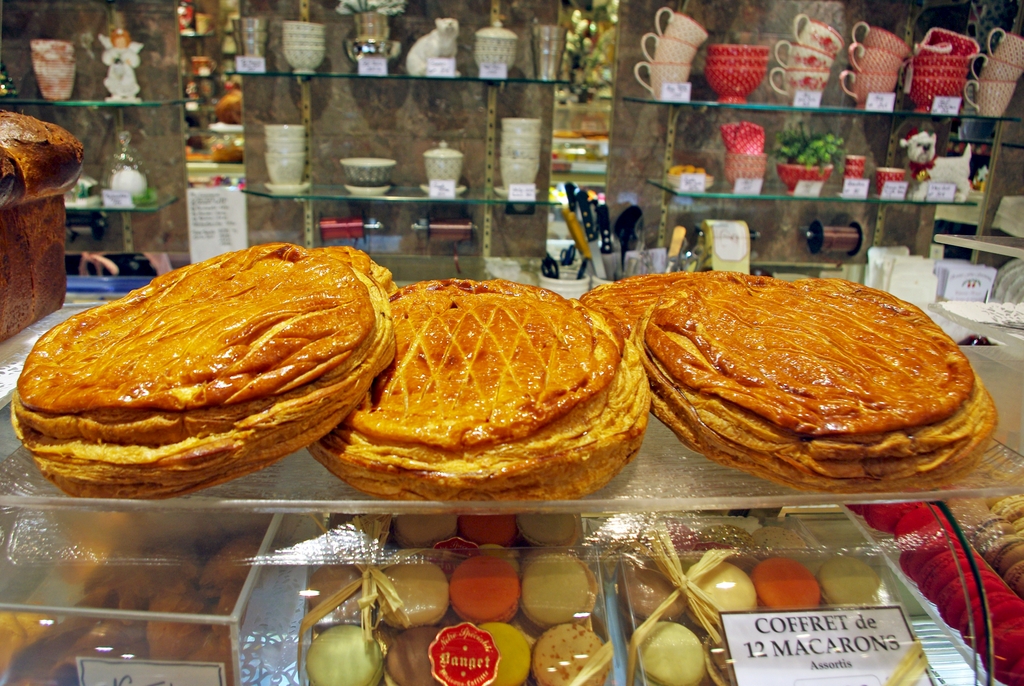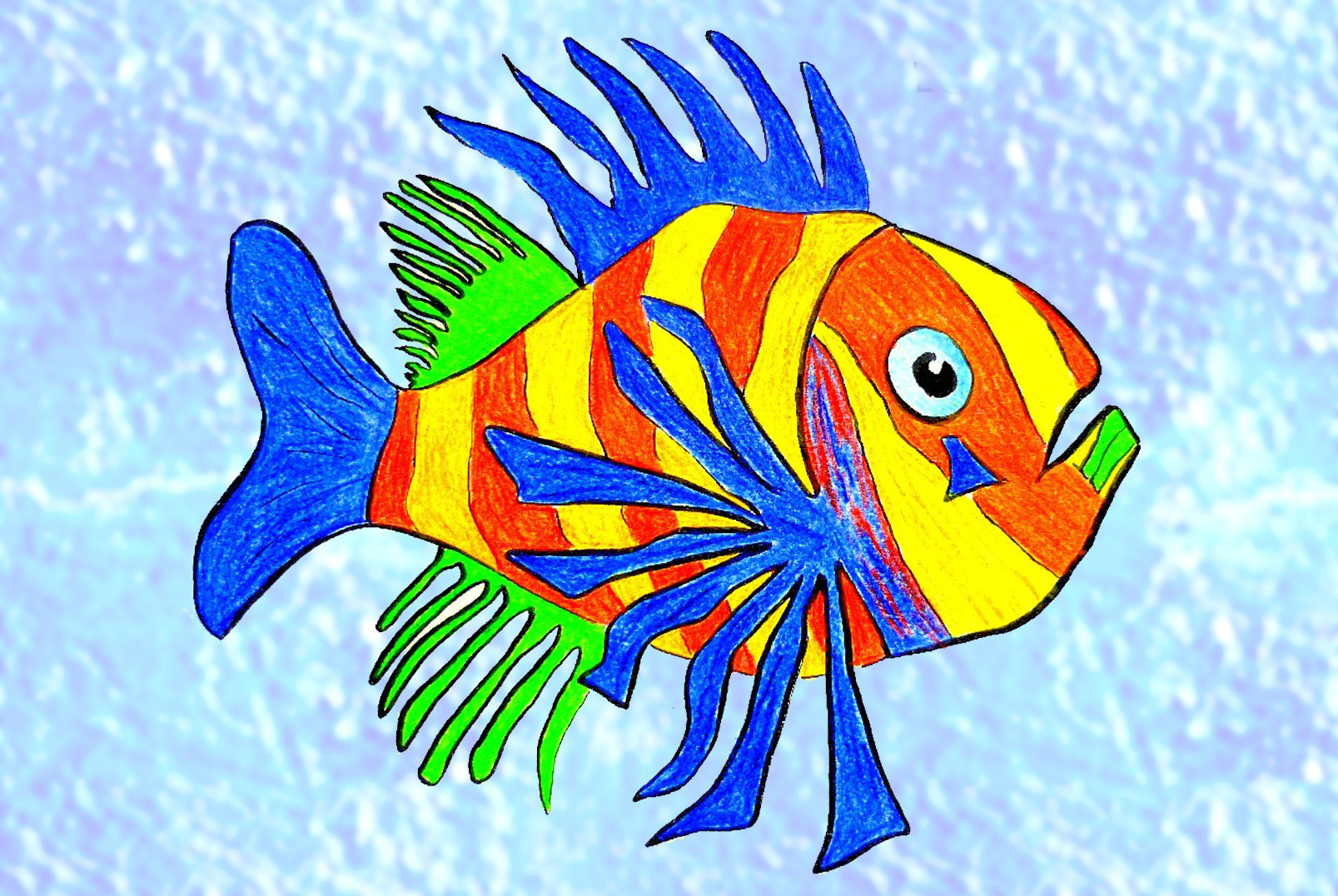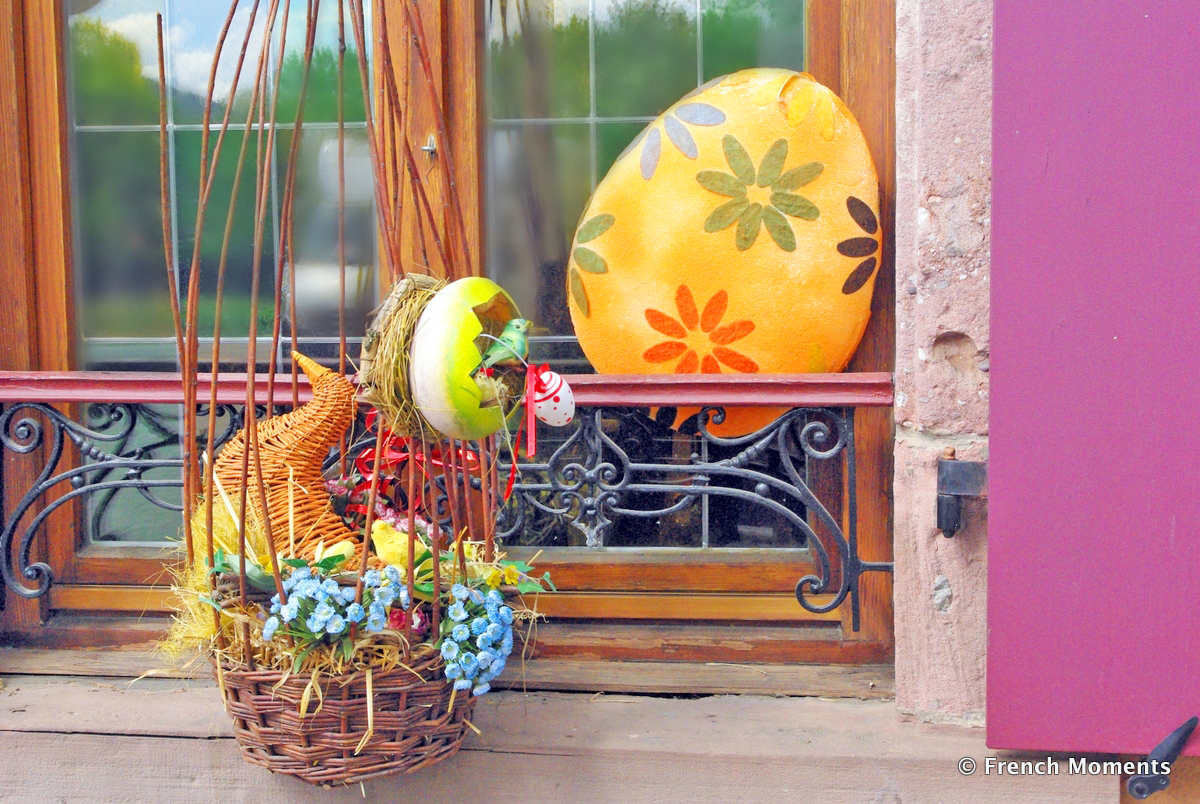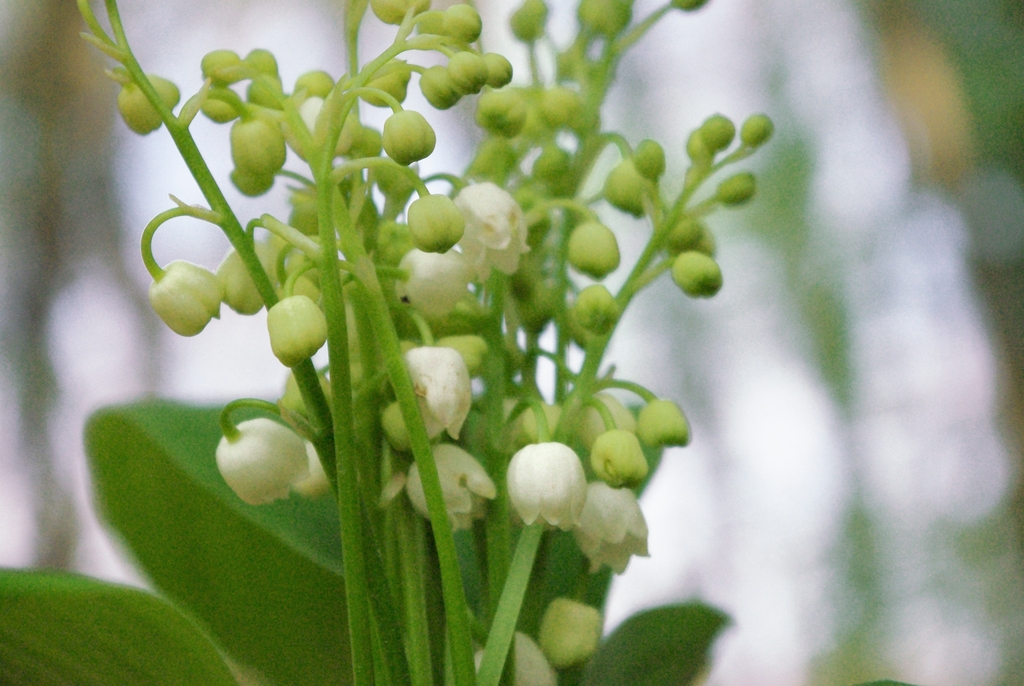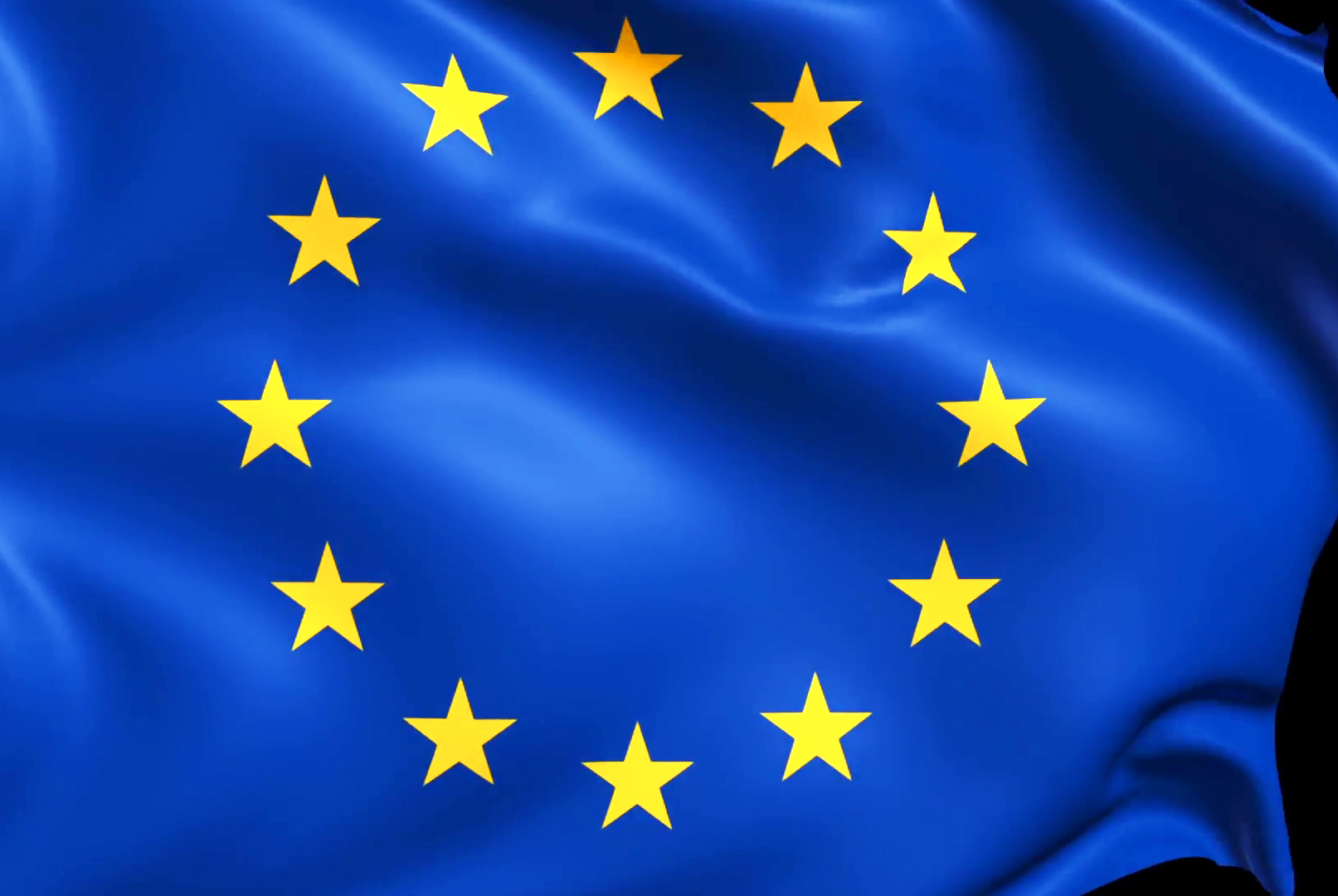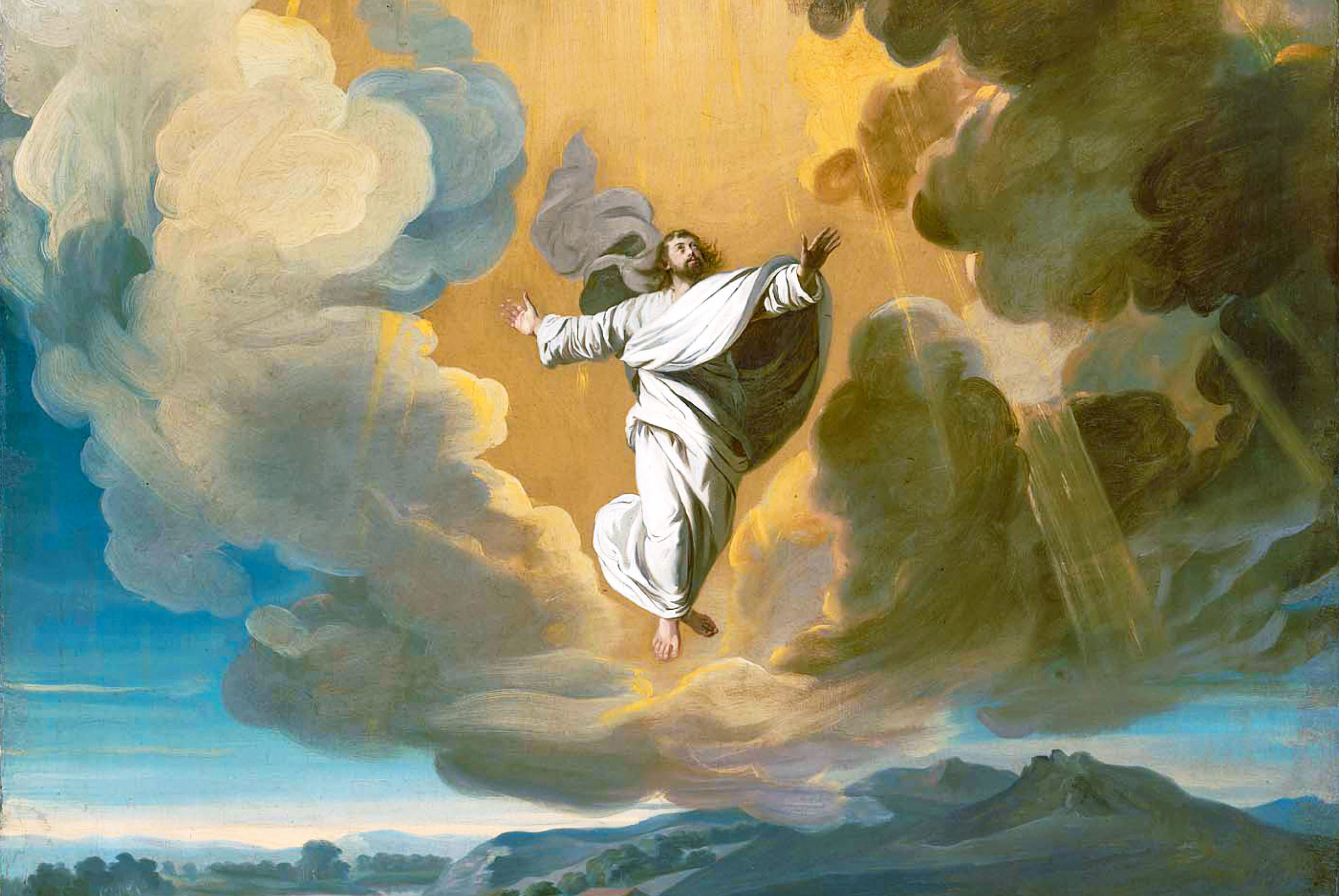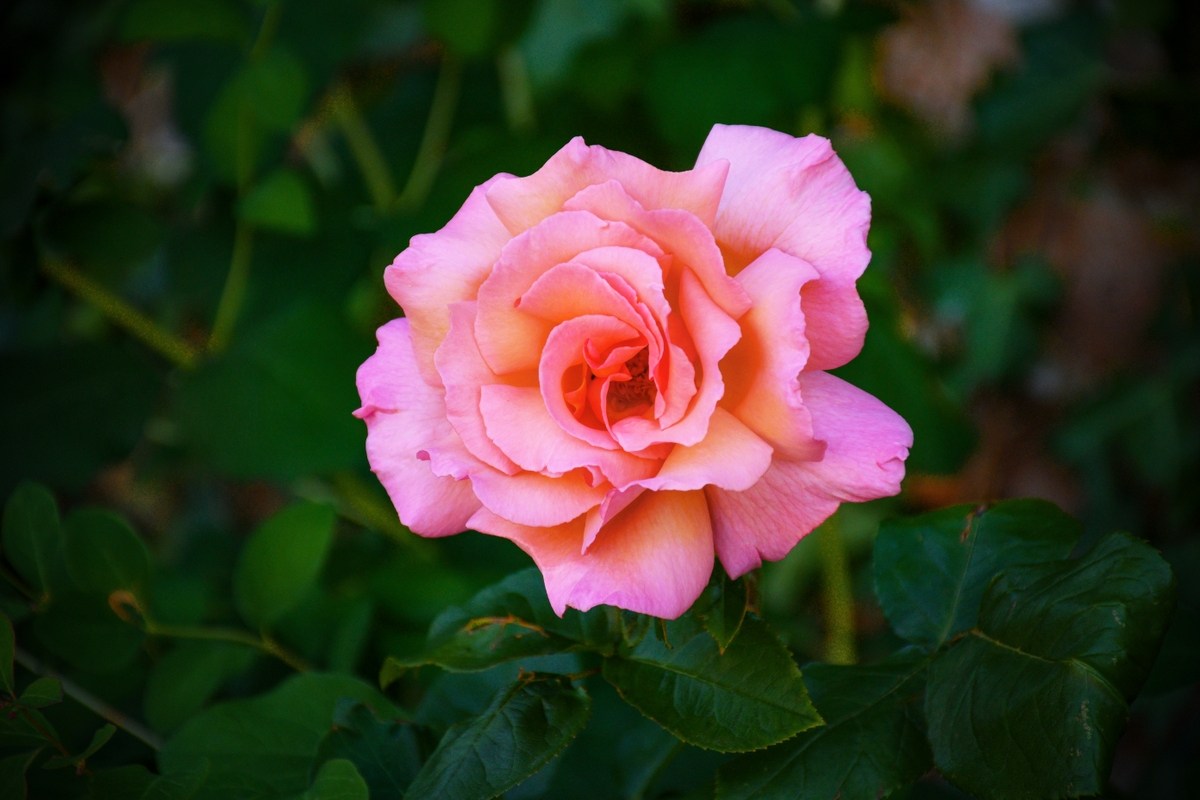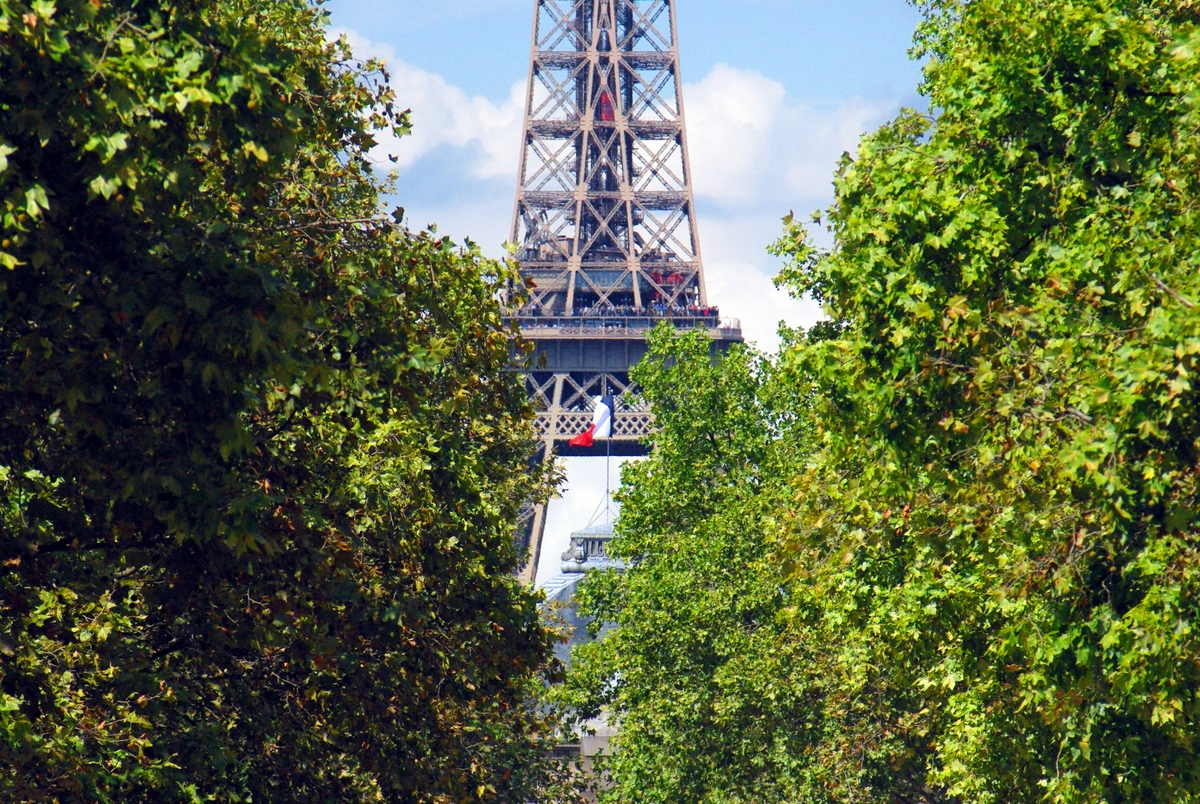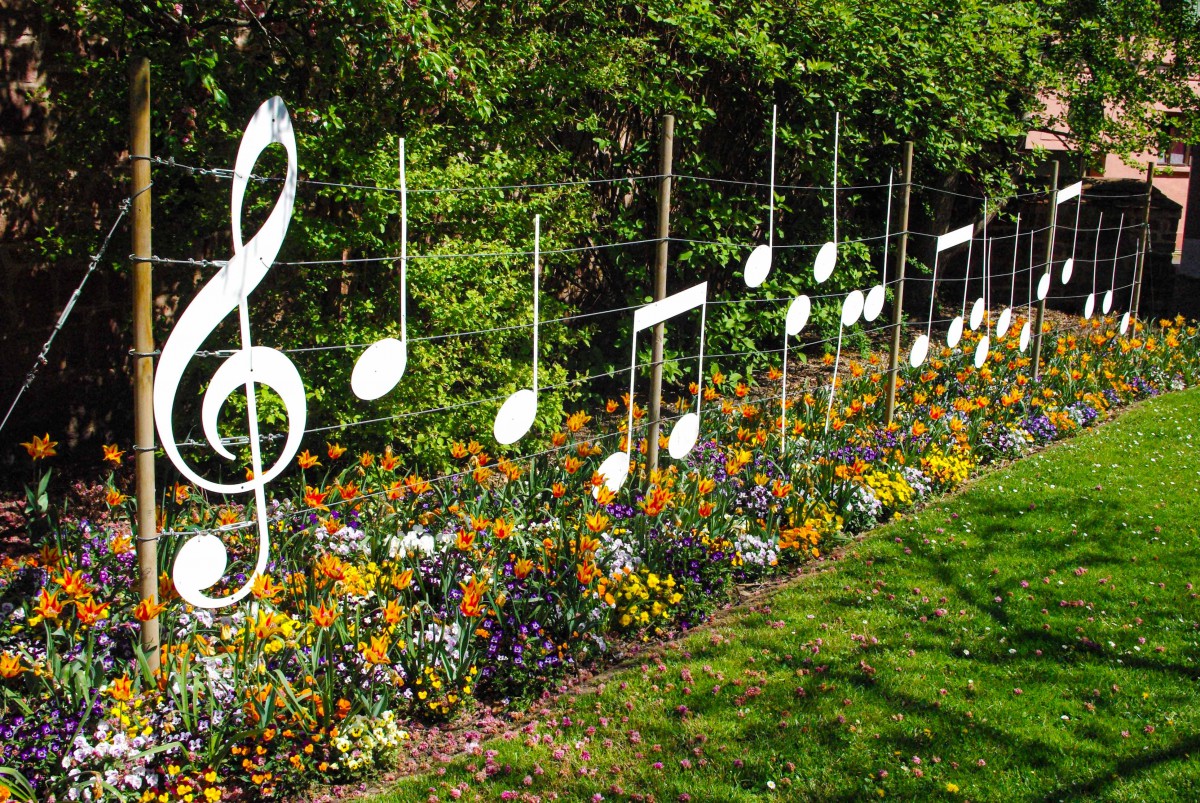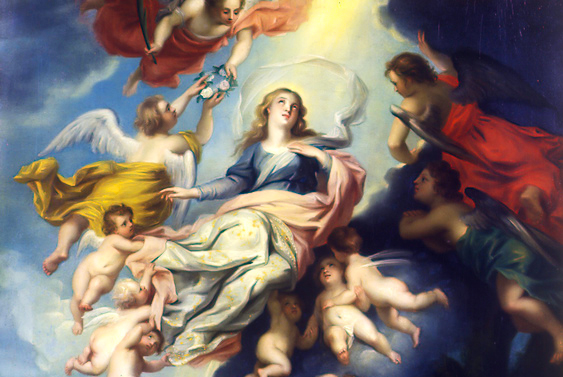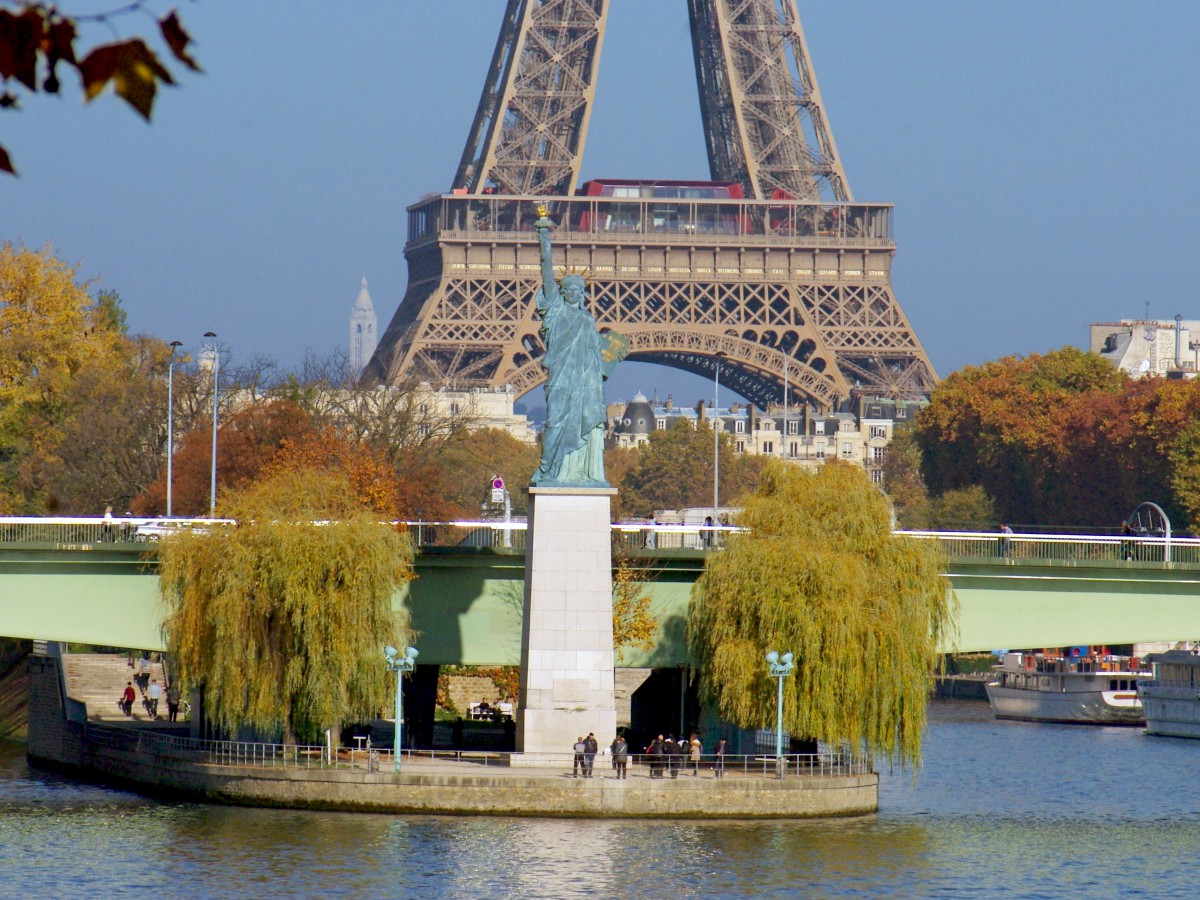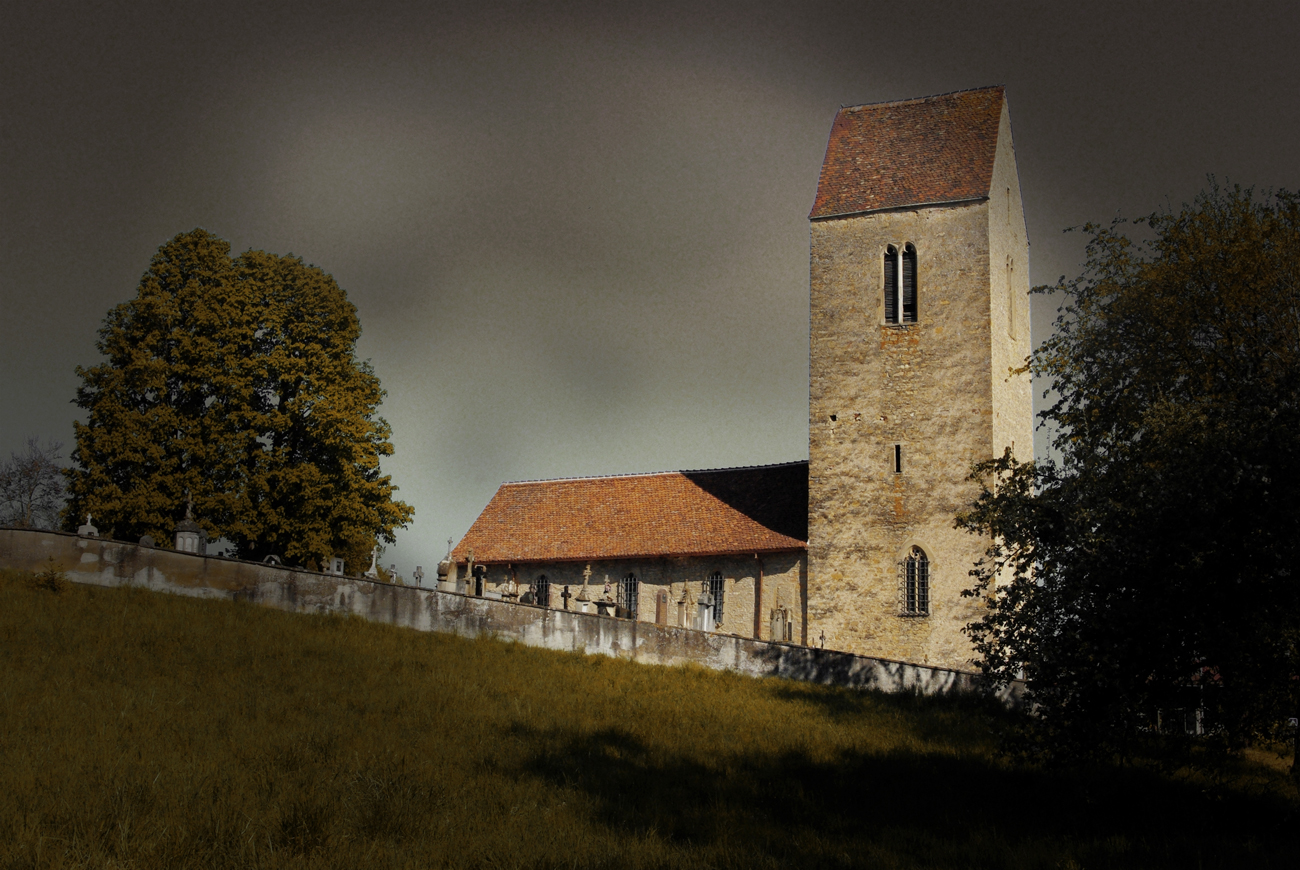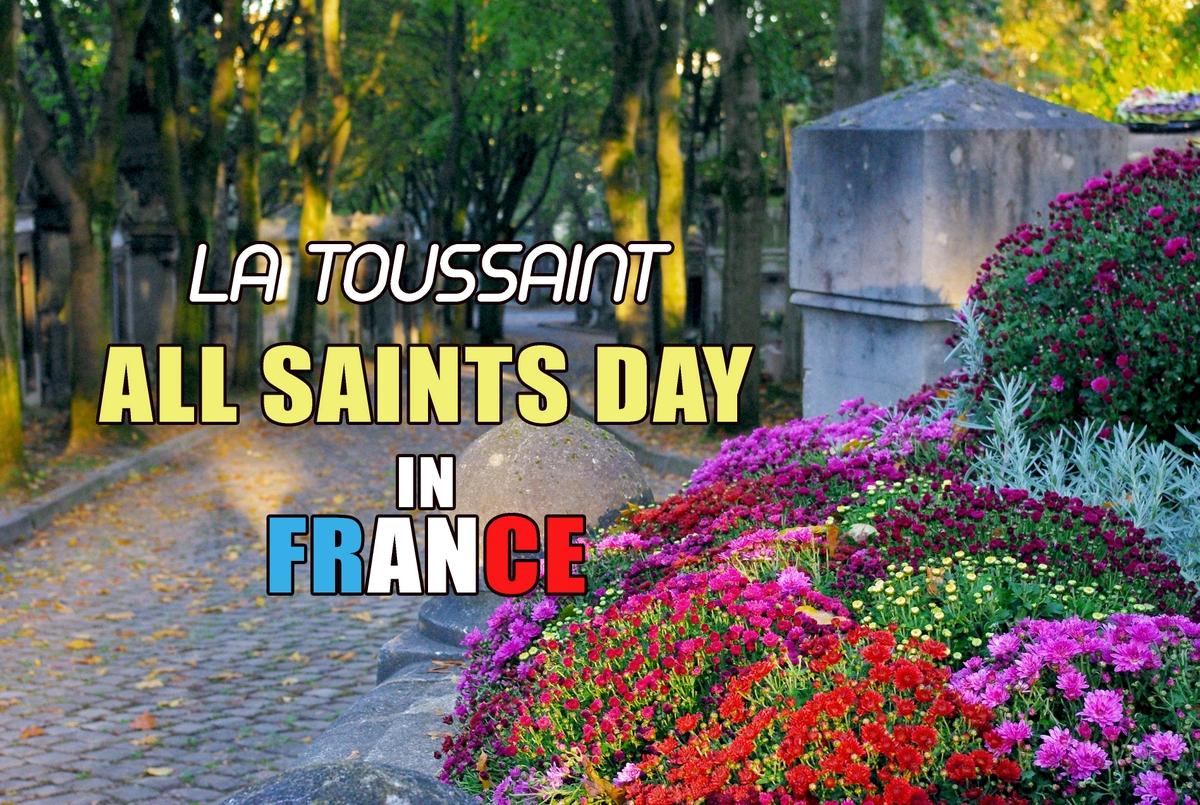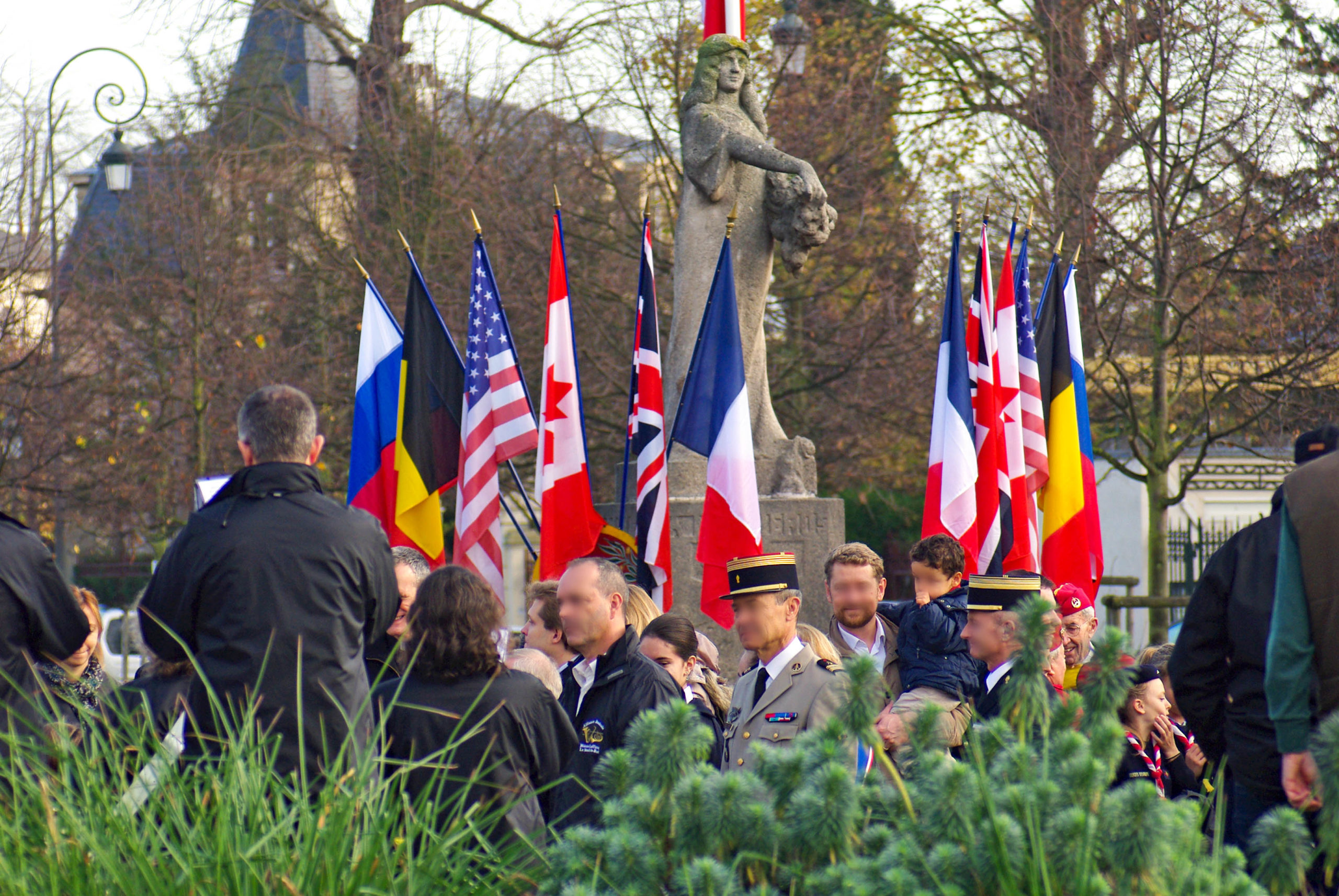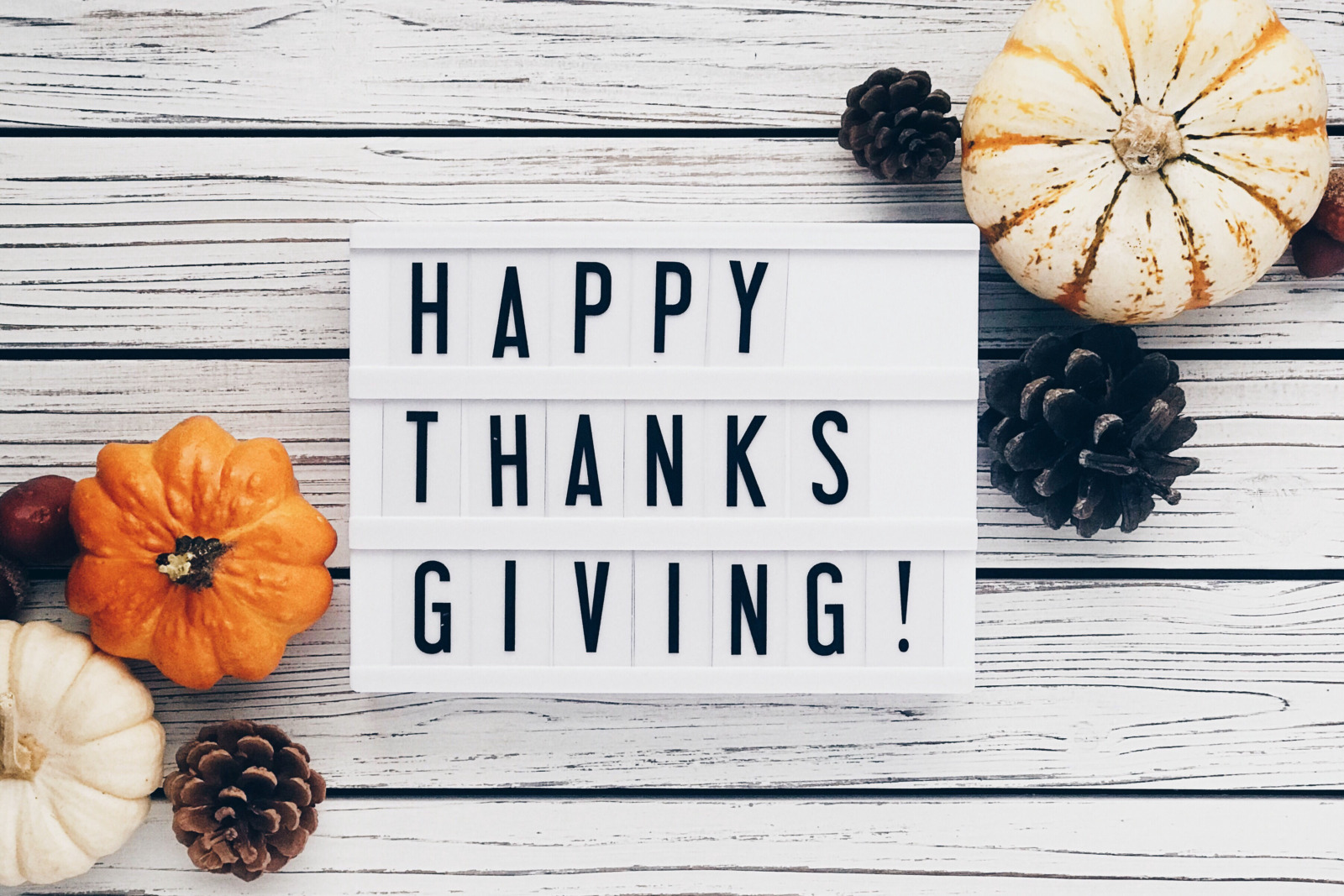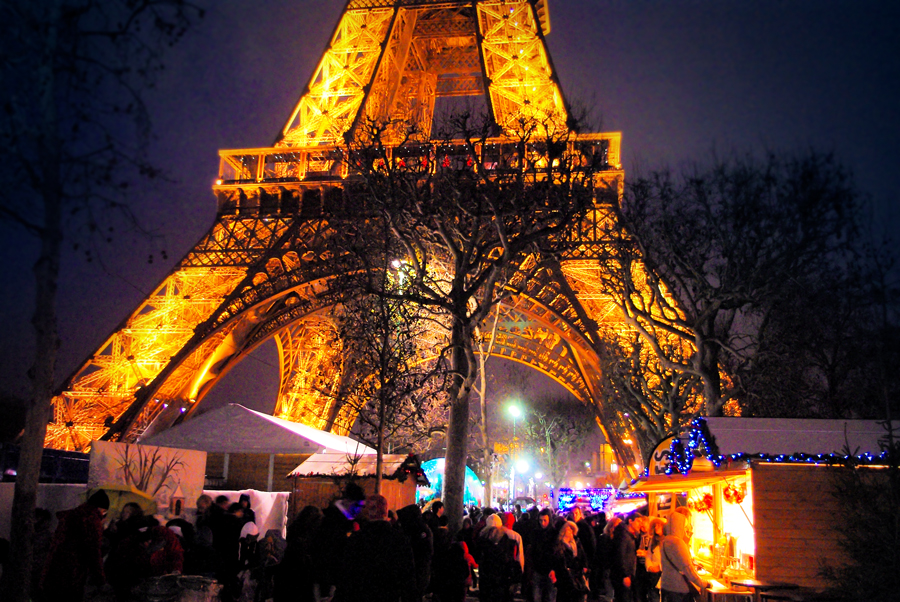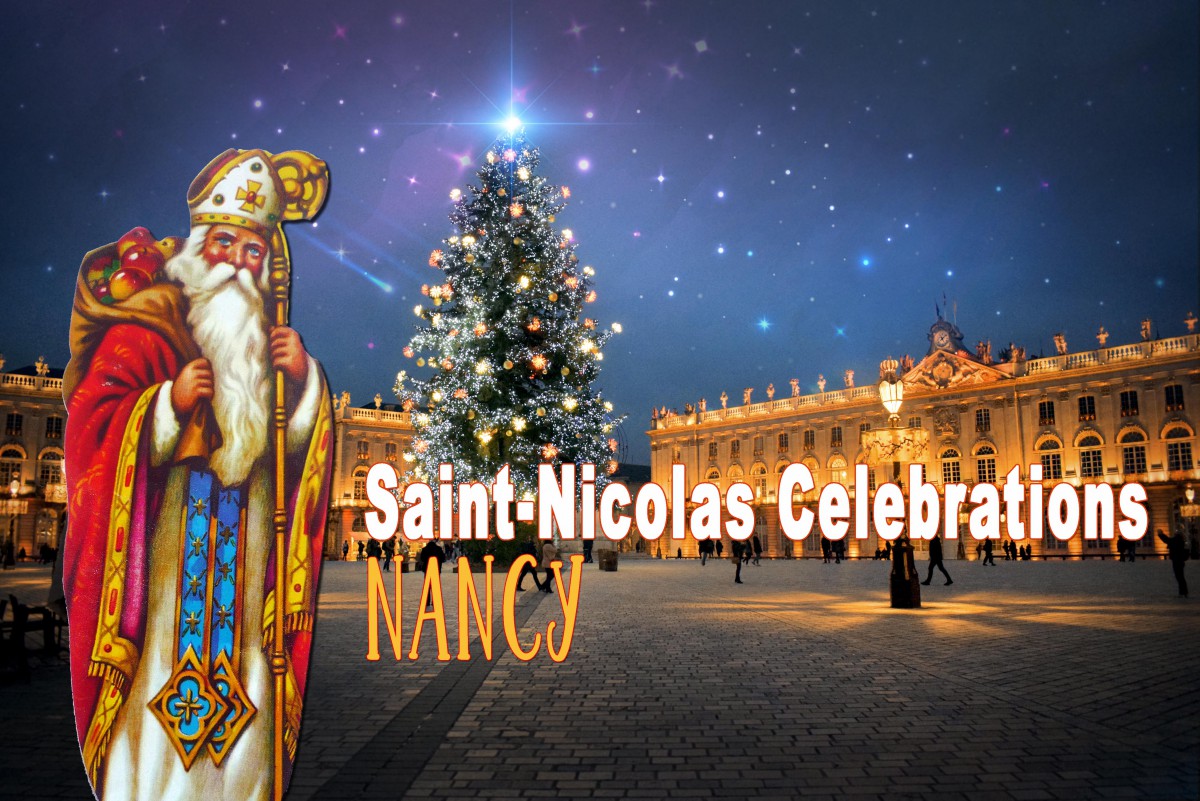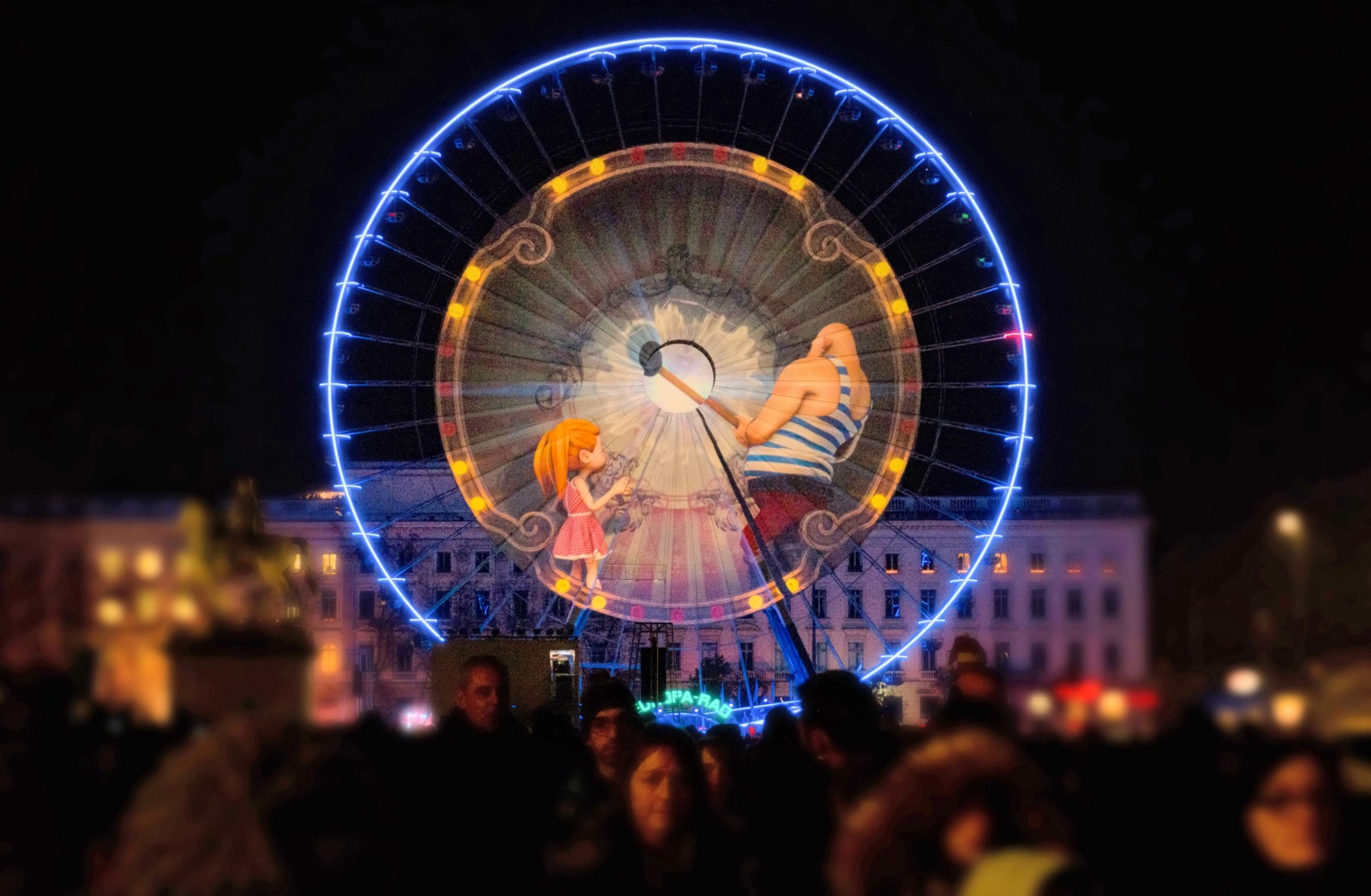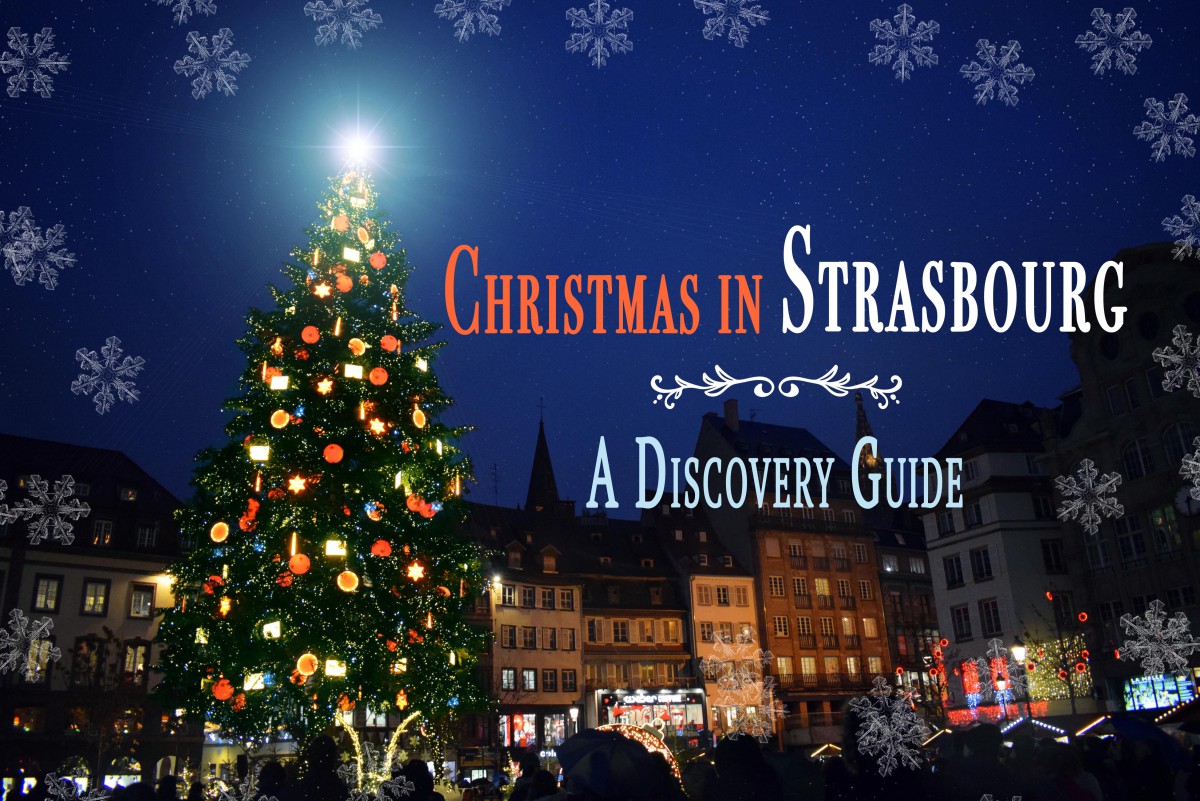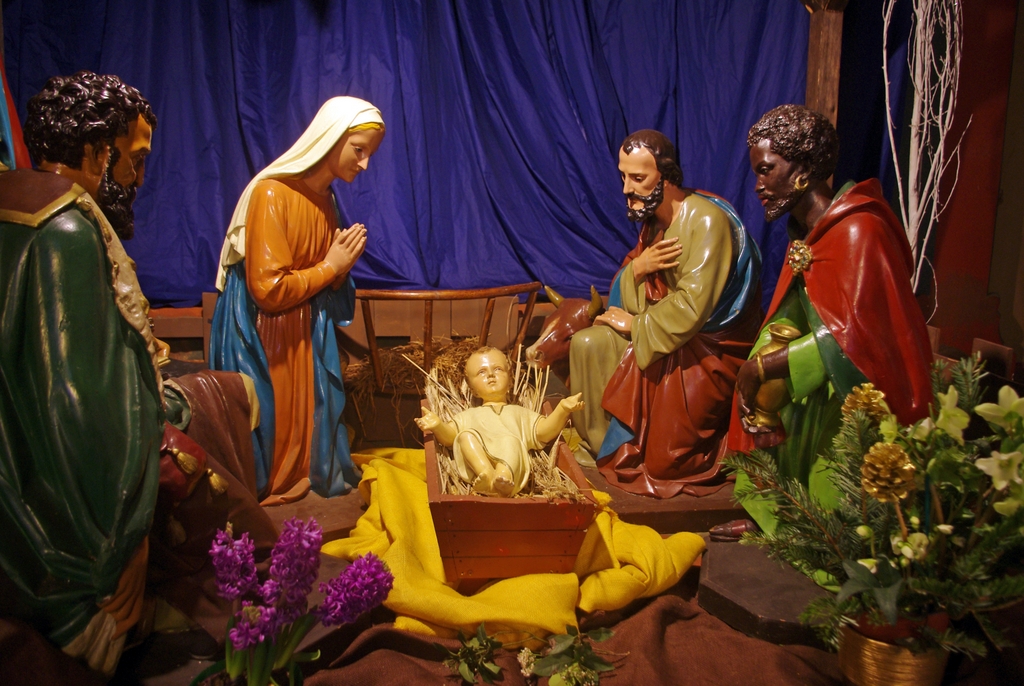Mardi Gras and Carnival refer to eating more decadent, fatty foods before the ritual fasting of Lent. In France, this festive season comes with sumptuous public celebrations or parades (‘les carnavals‘) in many French towns and schools. The heart of the carnival period takes place everywhere in France between February and March. Let’s look closely at the celebrations of Mardi Gras in France…
Watch our short video presentation about Mardi Gras in France:
The Origins of Mardi Gras in France
Mardi Gras (literally “Fat Tuesday”) is originally a catholic event that marks the end of the “week of the seven fat days”.
They were known as “jours charnels” (meaning carnival) in the old days.
Before Ash Wednesday (the start of the fasting period of Lent), people celebrated in many diverse ways as it was their last chance to eat meat until Easter.
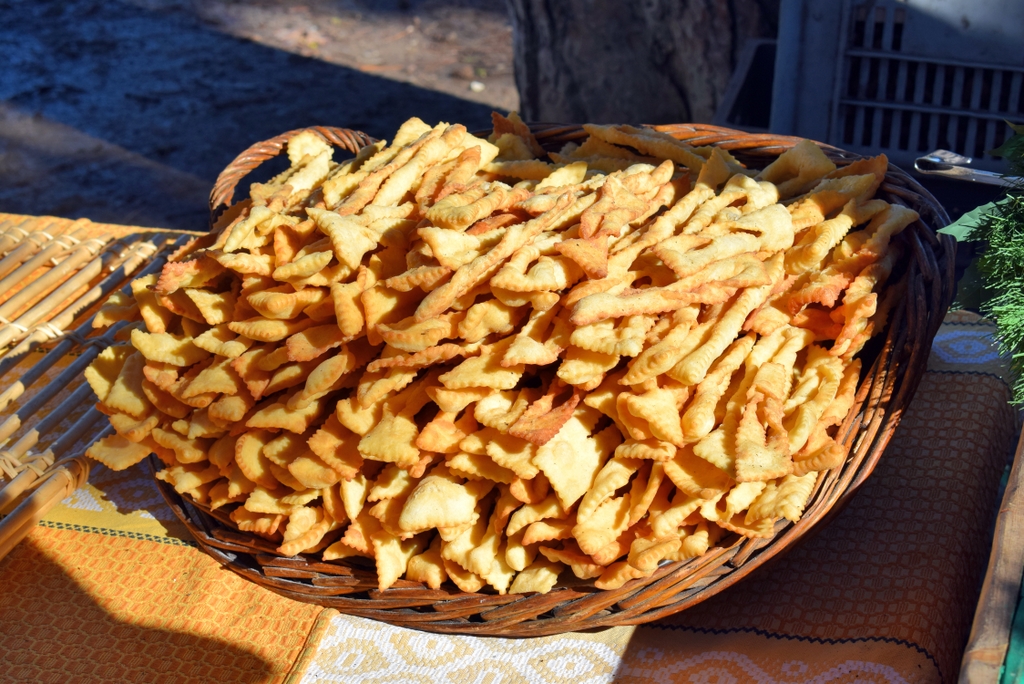
How is the date for Mardi Gras set?
Unlike Christmas, the date of Mardi Gras is subject to change, as it is determined by a lunisolar calendar (Gregorian calendar) to Easter.
The date of Easter corresponds to the first Sunday after the full moon following the spring equinox (March 21). It is, therefore, always between 22 March and 25 April.
Shrove Tuesday is the last day before the beginning of the Lenten period, 41 days + 6 Sundays, i.e. 47 days before Easter, between 3 February and 9 March.
The upcoming dates of Mardi Gras
The current dates of the feast are the following Tuesdays, according to the computation:
- 2024: Tuesday 13 February
- 2025: Tuesday 4 March
- 2026: Tuesday 17 February
- 2027: Tuesday 9 February
- 2028: Tuesday 29 February
What about Shrove Tuesday?
In the United Kingdom, Mardi Gras is synonymous with Shrove Tuesday. The latter derived from shrive, meaning “to administer the sacrament of confession to/ to absolve”.
The Brits also call this day Pancake Day. Although the French prepare crêpes for Mardi Gras, this delicacy is traditionally connected with Candlemas (la Chandeleur).
The Origins of Carnival
The word “carnival” derives from the Latin “Carnevale”, meaning “to take out the meat”.
Indeed, meat was banished from the table during the whole period of Lent. As was sugar, ingredients containing fat, eggs and dairy products.

In the Ancient Times
In Roman times, spring’s arrival was celebrated with the Calendes of March. It was an opportunity to dress up and break the rules.
Some people compare carnival to the feast of Lupercalia, which was celebrated on 15 February in Ancient Rome.
This Roman festival inaugurated the civil year, which began with the calendes of March and continued until 45 BC.
Instituted for Romulus and dedicated to the god Lupercus, protector of the herds and god of fertility, the seven-day-long festivities of the Lupercalia had a purifying function.
The procession of floats, masquerades, various eccentricities and drunkenness were part of the rites of purification of the last traces of winter before the spring renewal.
In some ways, Lupercalia is the only festivity that falls within our modern-day carnival period proper.
In addition, other popular festivals in France bear traces of ancestral customs and rituals still present in today’s carnivals.
Carnival during the Middle Ages
Whether it derived from ancient pagan festivals or not, the carnival was formalised under the influence of Christianity.
The memory of the Feast of Fools (fête des fous), including the medieval Donkey Festival (fête de l’âne), also known as the “freedoms of December” (libertés de décembre), is a reminder of this connection.
Thus, the Christian carnival, i.e. the one that fits into the carnival-Lent cycle, appeared at the beginning of the second millennium following the Council of Benevento in 1091.
It began to develop in earnest as the antithesis of a period of deprivation from when the Church established the beginning of Lent on Ash Wednesday, thereby fixing the position of Easter.
Challenging the established order
In the Middle Ages, carnivals could challenge the established order engendered by the temporary removal of the social hierarchy behind costumes.
However, the festival was tolerated by the Pope and the rulers, some of whom took part in the entertainment to prevent disturbances in the cities during the year.
As for the Church’s attitude towards the carnival, it remained ambiguous. While some popes encouraged the festivities, the clergy opposed them (this was especially true of specific orders such as the Dominicans).
The reluctance of the Church to react to the carnival is easily explained. Indeed, until the 16th century, the main objects of mockery were the clergy. The jokes included farces, satirical poems, masks and even parodic and burlesque tableaux vivants.
The Carnival celebrations today
If, in Europe, the religious observance of Lent is followed by a relatively small group of people, the celebrations around Mardi Gras are still an opportunity taken by many to enjoy several features:
- outdoor feasts,
- masquerade processions,
- masked balls,
- parades…
They include the participation of pageants, jugglers, magicians and stilt walkers.
This is what French people call “le Carnaval”.
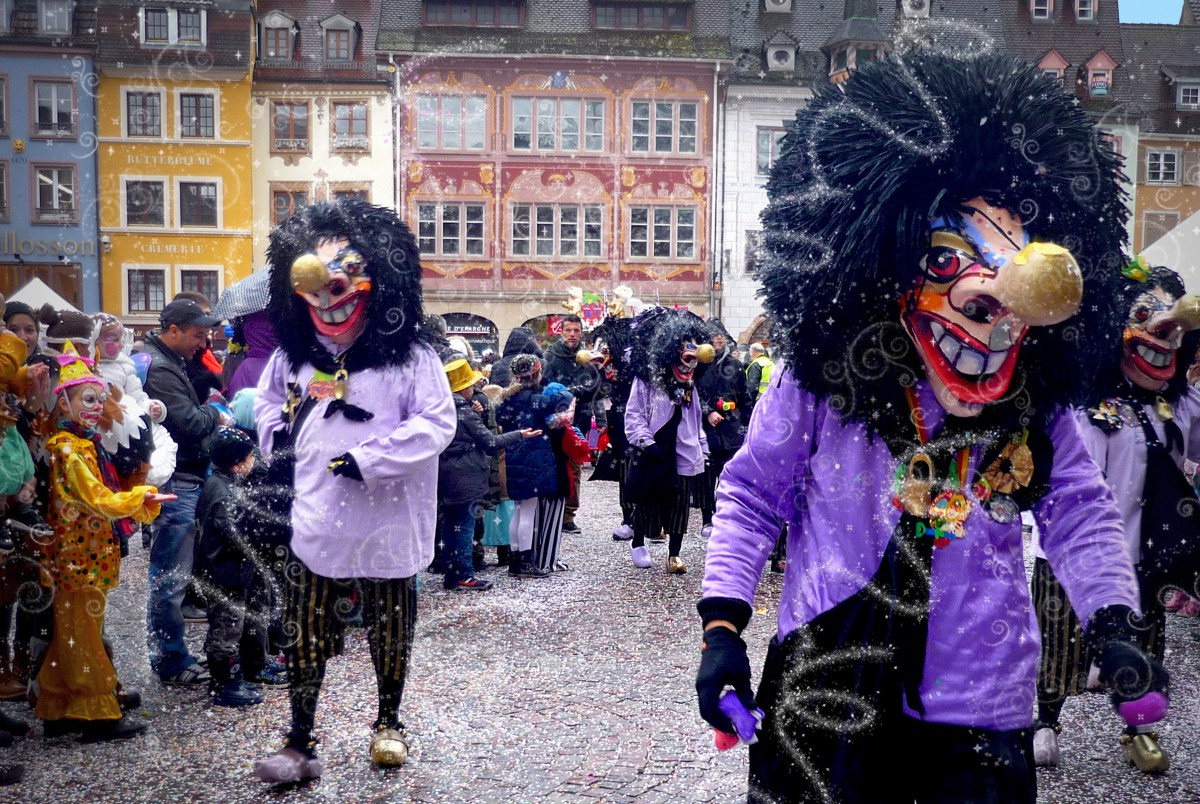
Despite its ephemeral nature, carnival can be seen as a metaphor for human life, where everyone appears hidden behind a mask, which hides or reinforces their identity.
The food of Mardi Gras in France
Great news for kids (and grown-ups alike!): Mardi Gras is also a time to prepare delicious treats…
Alongside crêpes, two other closely related treats are prepared on Mardi Gras:
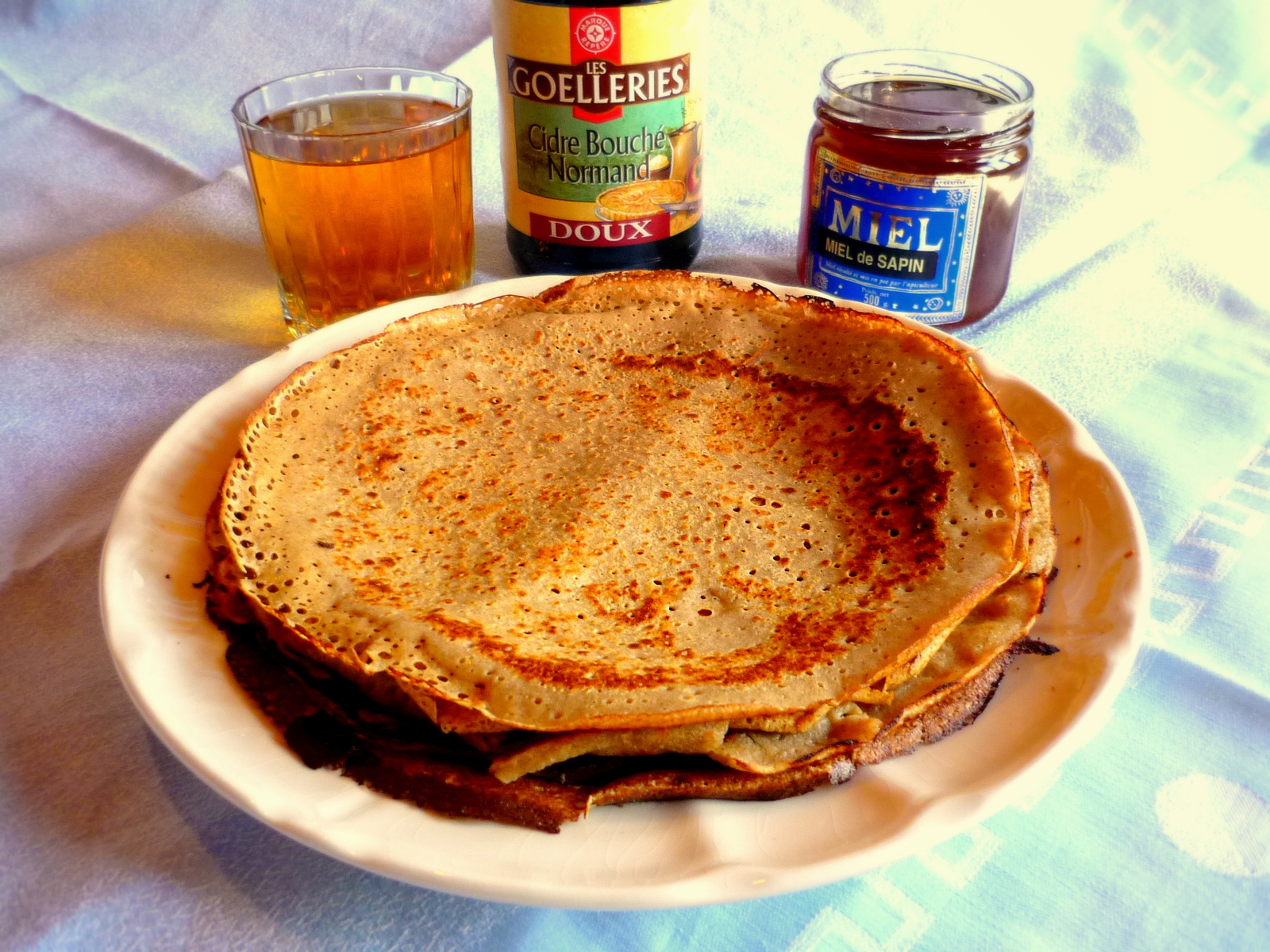
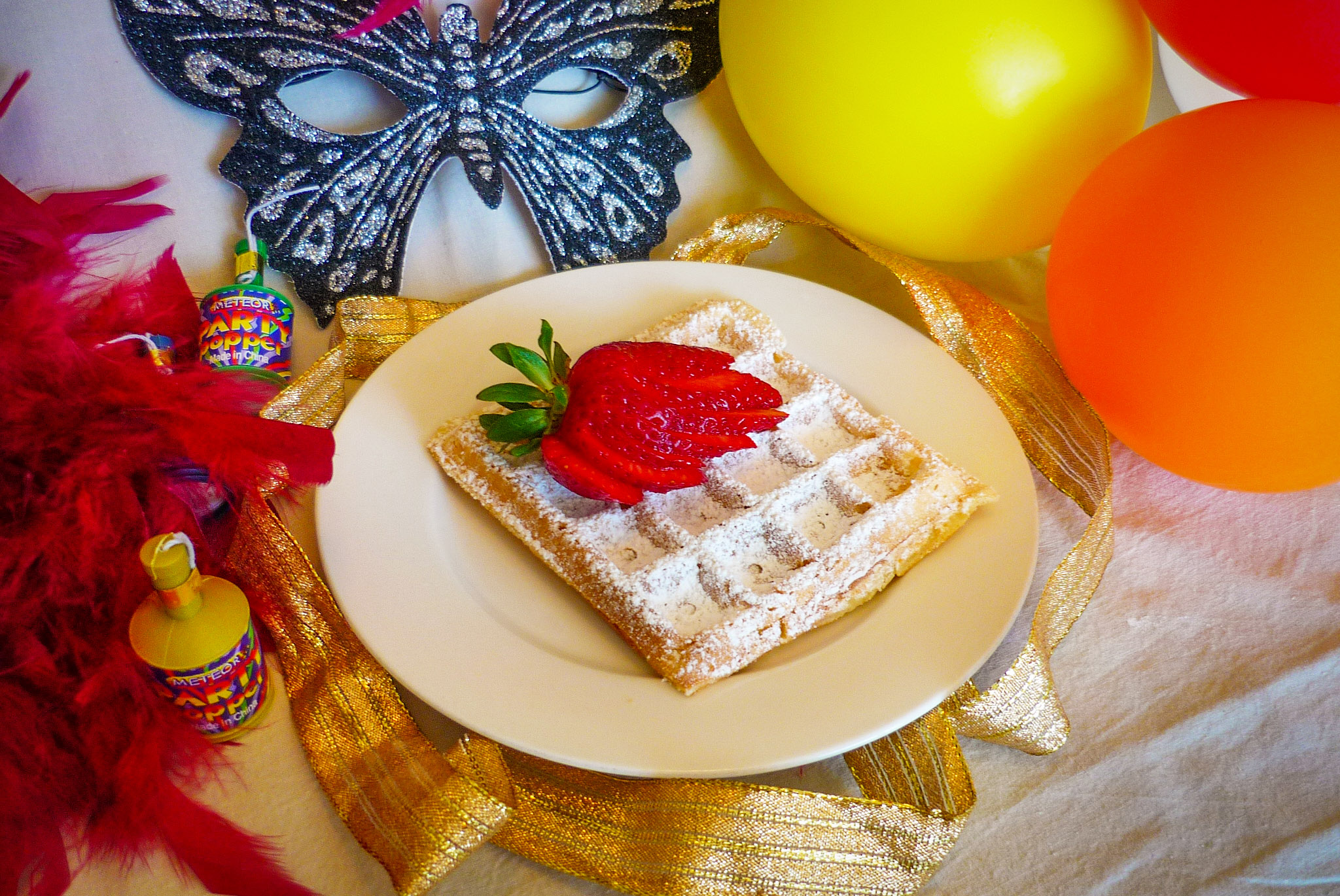
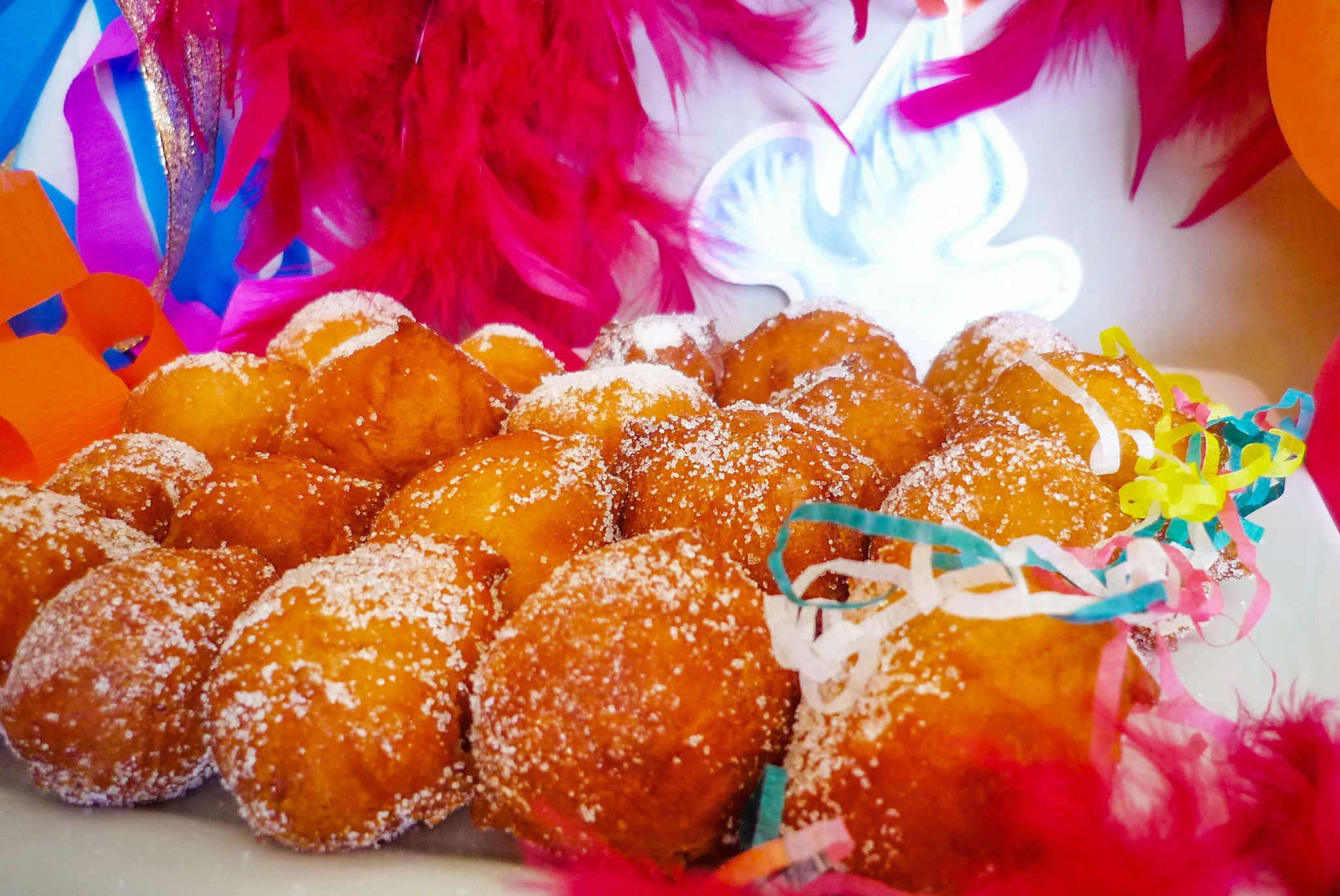
The region of Alsace has many recipes and varieties of beignets, such as Schenkele and Fasenachtskiechle.
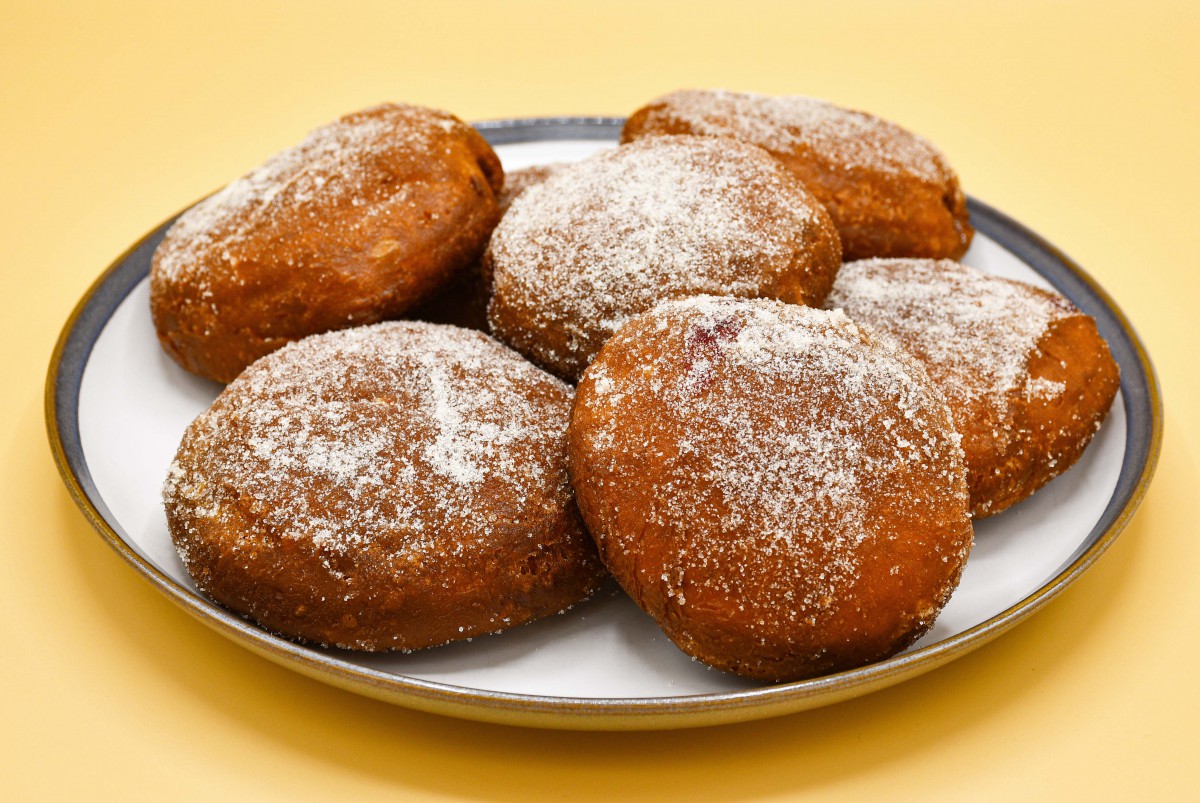
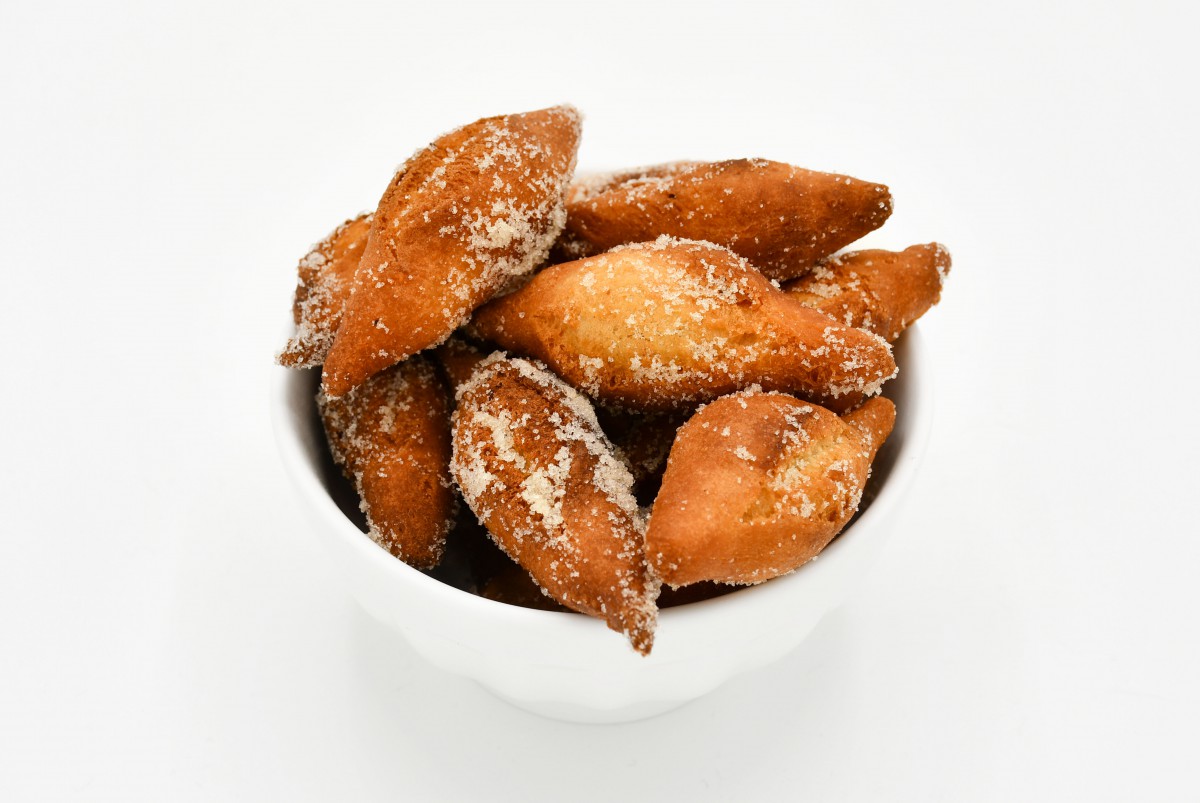
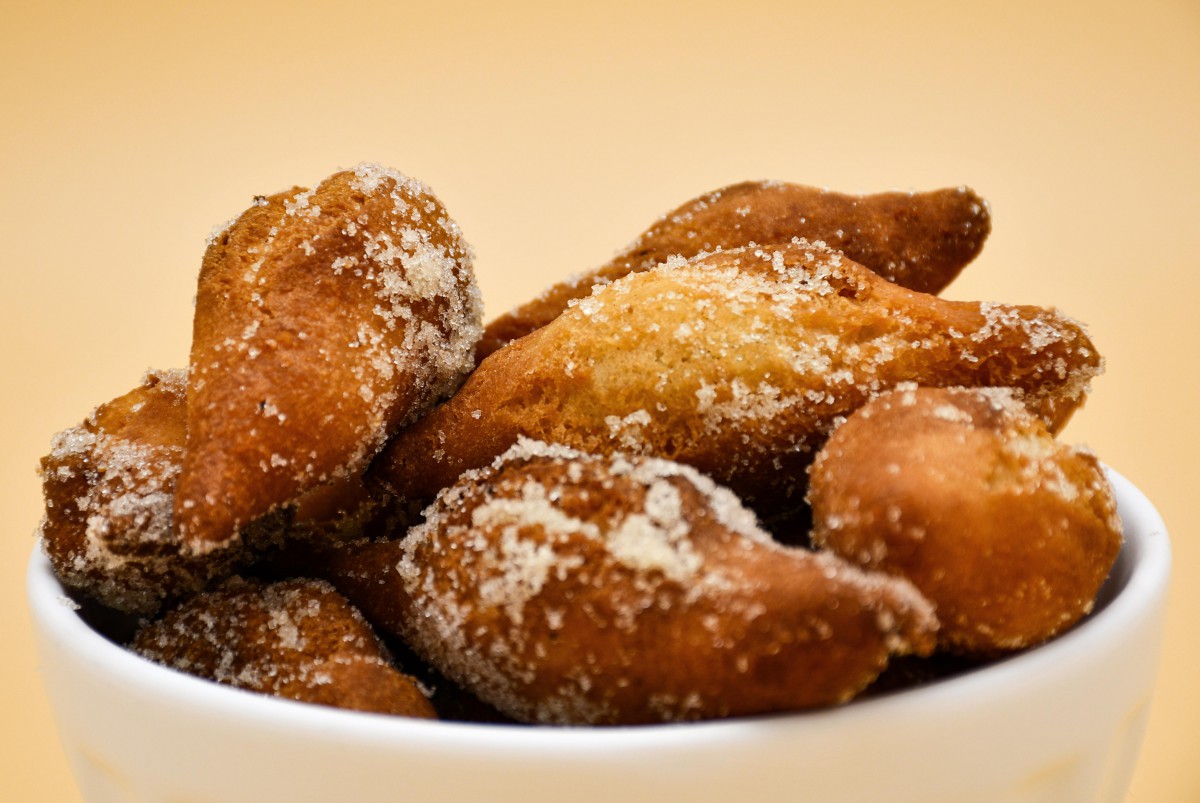
The Carnivals of Mardi Gras in France
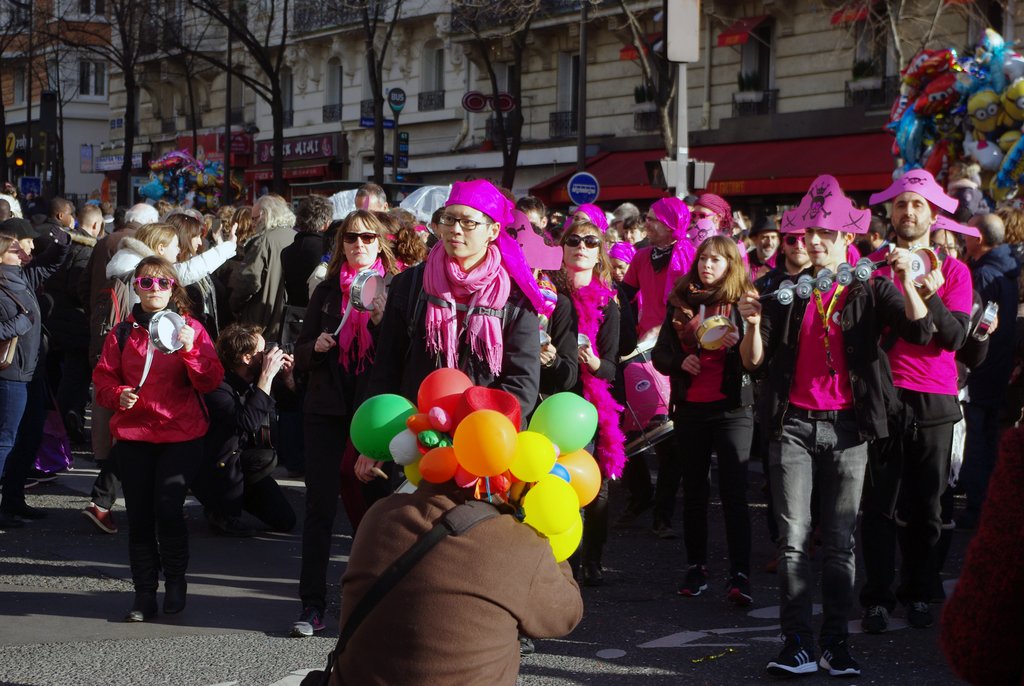
The ‘Carnaval’ is not exclusive to France.
However, the most famous carnivals in the world are in:
- Venice (Italy),
- New Orleans (Louisiana),
- Rio de Janeiro (Brazil),
- Cologne (Germany),
- Binche (Germany), and
- Nice (France).
In France, many children prepare one of these three dishes mentioned above in their schools, all dressed up in imaginative ways, from animals to supermen and from Pierrots to princesses…
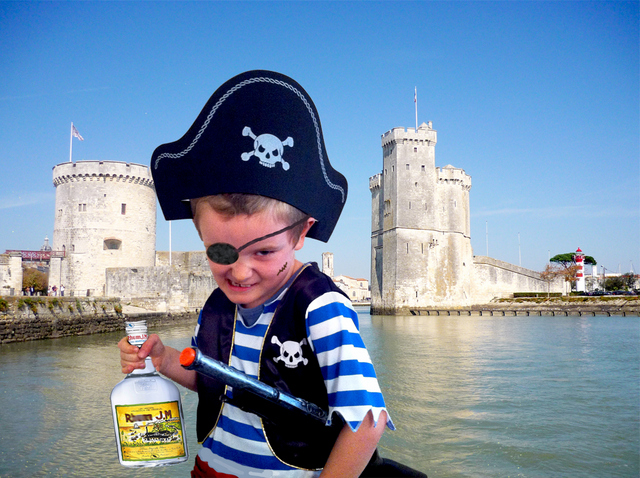
But French kids are sometimes not the only ones to wear their favourite costumes. The big parades organised in towns such as Nice, Mulhouse, Paris, Dunkirk or Annecy are occasions to go out disguised with make-up, fancy hats and elaborate masks. And to dance and sing in the streets while throwing confetti.
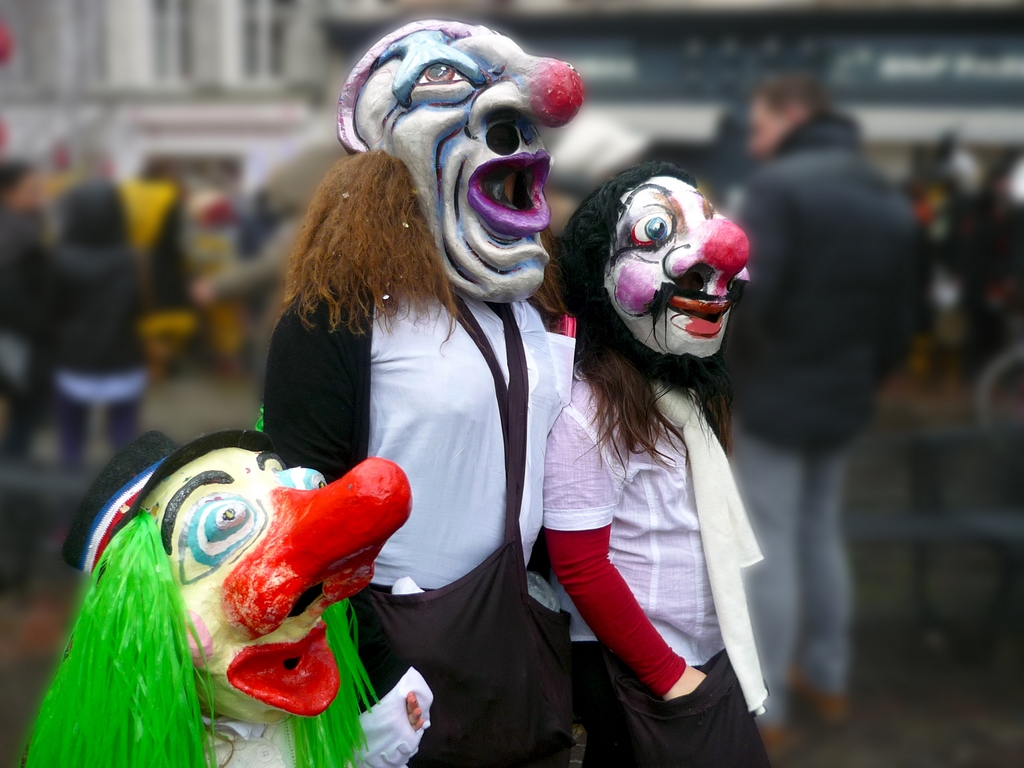
Now, let’s look at some of France’s most famous carnivals!
The Carnival of Dunkirk
The northern city of Dunkirk may not be a trendy tourist destination in France; nevertheless, it celebrates the Mardi Gras season with exuberance, noise and colours.
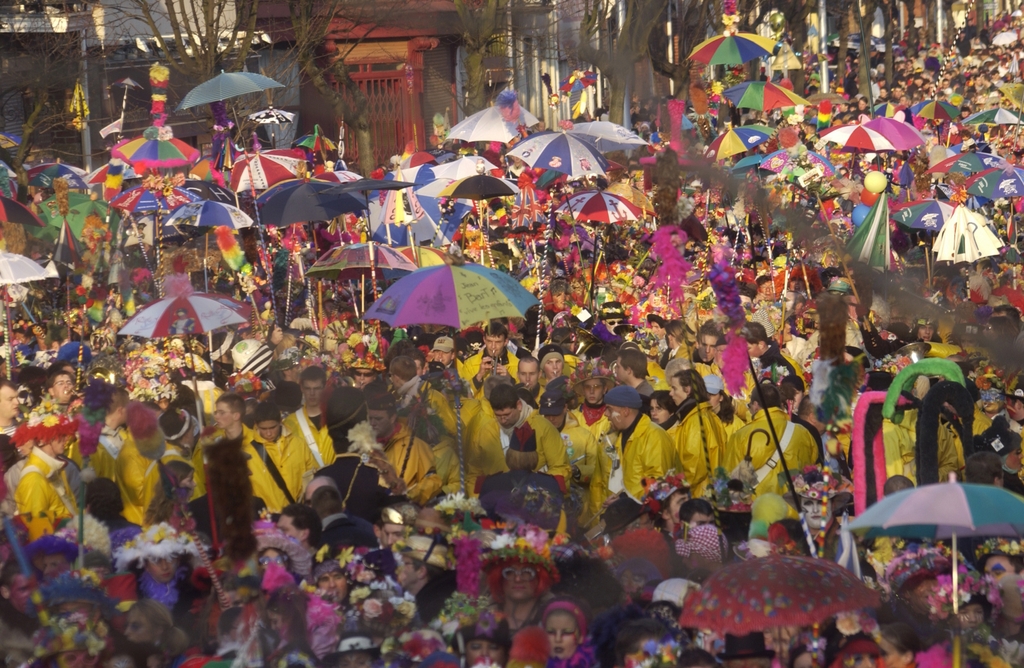
Read more about the Dunkirk Carnival
The Carnival of Paris
In the past (before WW2), the Paris Carnival was amongst the largest in France. An association wishes to bring it to life again… and it’s quite a success!

Read more about the Paris Carnival
The Carnival of Mulhouse
The Carnival of Mulhouse is a noisy and colourful event faithful to the old traditions of the Rhineland.
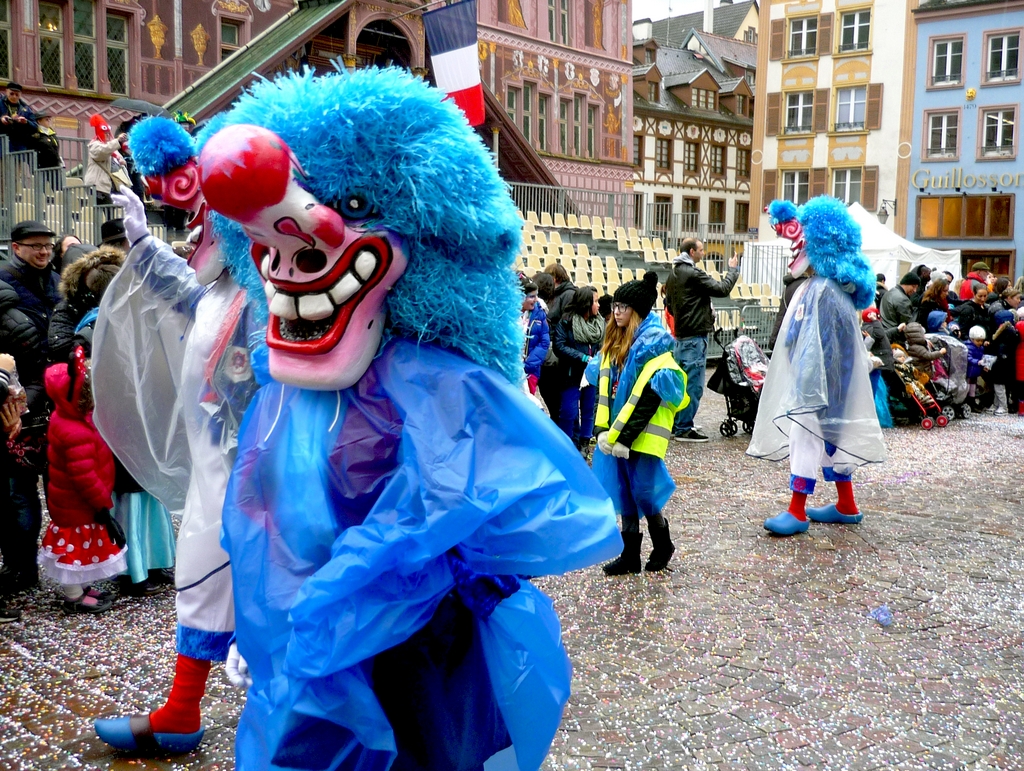
Read more about the Mulhouse Carnival
👉 Read more about the carnival of Mulhouse on my French blog!
The Carnival of Sélestat
The Sélestat Carnival will celebrate its 30th edition in 2021. One of the most famous carnivals in northeastern France, it includes a night and day parade and several significant events.
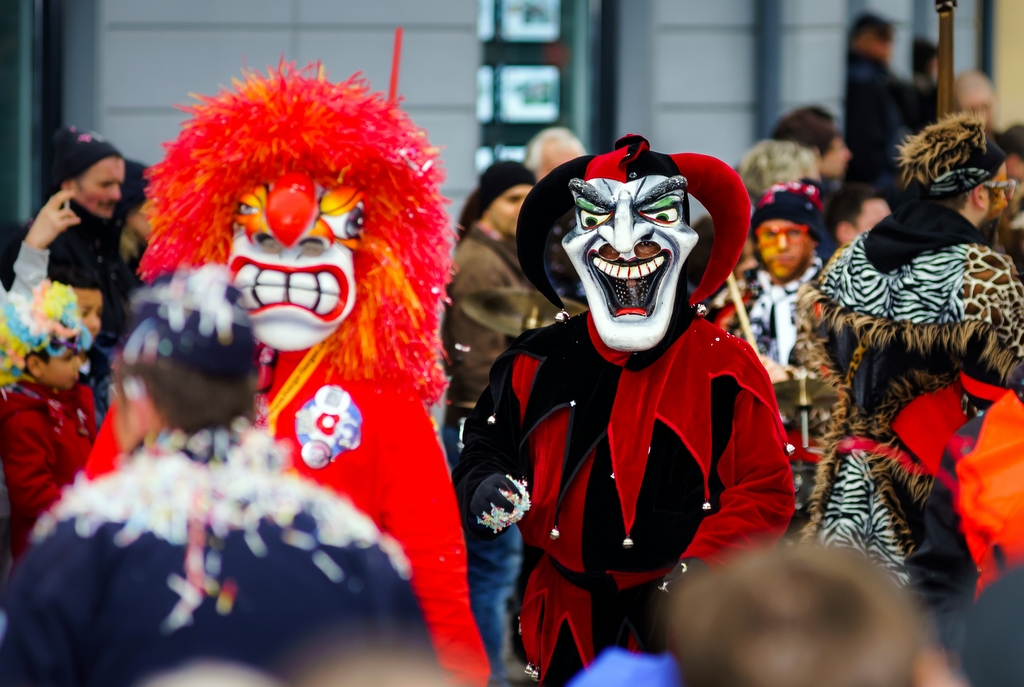
Read more about the historic town of Sélestat
The Carnival of Nantes
The Carnaval de Nantes is an old carnival dating back to the Middle Ages. It has become one of France’s most attended carnivals besides Nice.

Read more about the historic city of Nantes
The Carnival of Annecy
It’s one of my favourite carnivals in France! The Venetian Carnival of Annecy hosts hundreds of masks wandering silently and spontaneously in the old town. Just like in Venice!
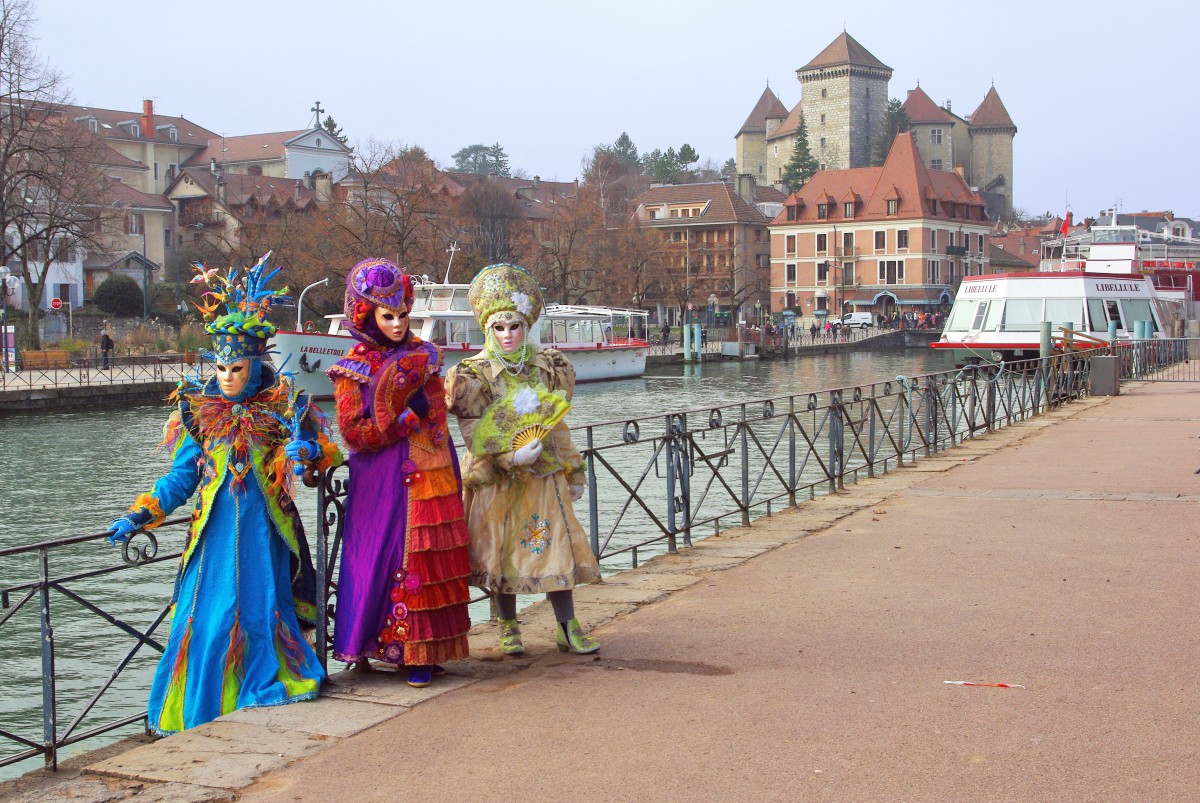
Read more about the Annecy Venetian Carnival
The Carnival of Nice
The Carnaval de Nice is France’s biggest carnival and one of the world’s most popular events besides Rio de Janeiro, New Orleans and Venice. The 14-day-long celebrations include a day, night, and Flower parade.
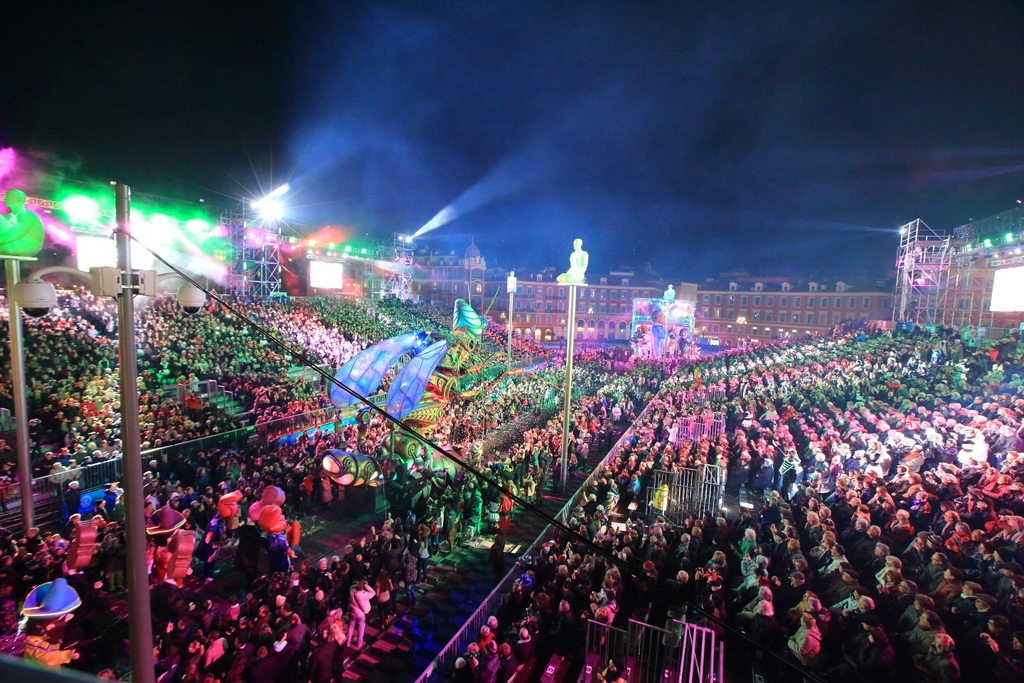
Read more about the Nice Carnival
The Carnival of Menton
Each year in February, the little town of Menton organises one of France’s most colourful carnivals: the Lemon Festival (Fête du Citron). With stunning citrus patterns and a fruity parade, Menton celebrates the end of Winter with bright yellow colours!
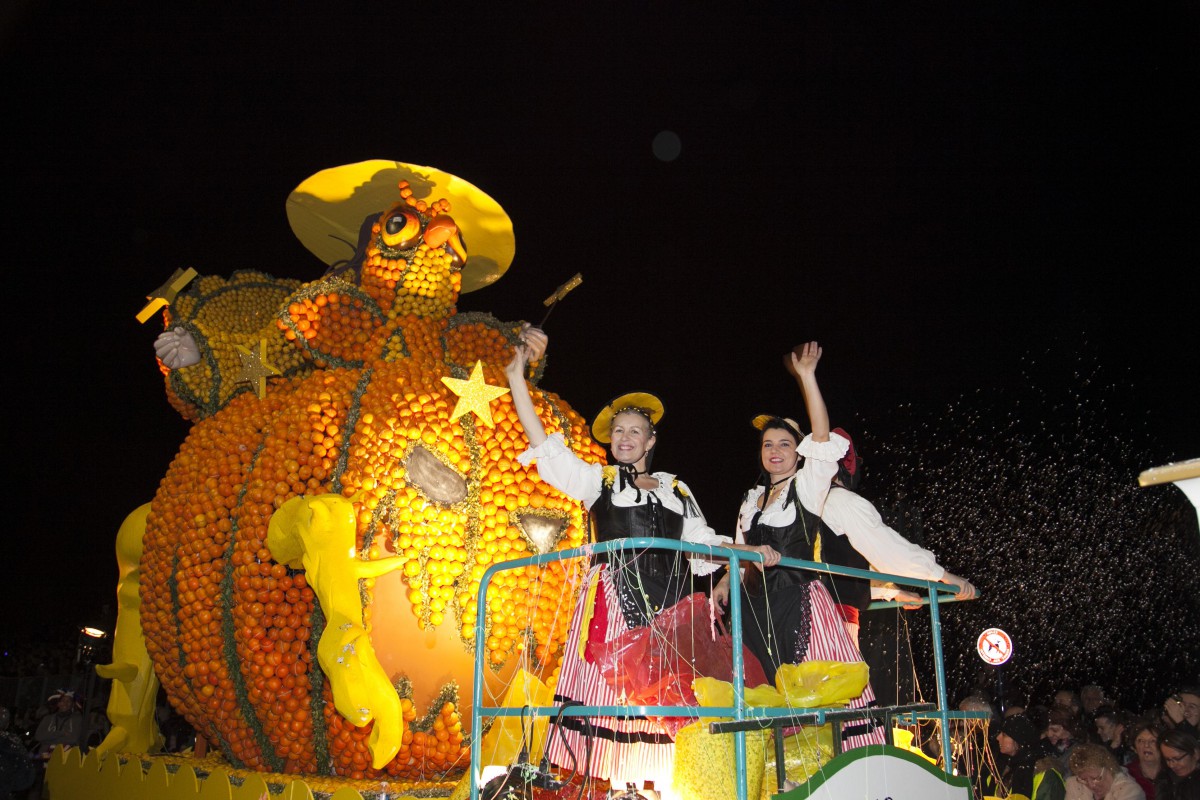
Read more about the Menton Carnival – the Lemon Festival
Mardi Gras in France doesn’t mean the same thing in OZ!
Interestingly, Mardi-Gras in France and Europe have a somewhat different connotation and history from the Mardi-Gras parade in Sydney. Contrary to Mardi Gras in Sydney, most carnivals in France (and Europe) are not gay pride. These events have their dates planned in cities like Paris or Berlin.
5 Sayings about Mardi-Gras in France
There are several proverbs and sayings about Mardi Gras in France. Here are five of them with their translation into English:
“Quand Mardi gras est de vert vêtu, Pâques met des habits blancs.“
(When Mardi Gras is dressed in green, Easter is dressed in white.)
“Le soir de Mardi gras, il faut danser sur les fumiers pour avoir des navets.”
(On Mardi Gras night, you must dance on the manure to get turnips..)
“Mardi gras sous la pluie, l’hiver s’enfuit.”
(Mardi Gras is in the rain; winter is running away.)
“Quand Mardi gras est là alors enlevez vos balances et faites vos crêpes.”
(When Mardi Gras is here, take out your scales and make your pancakes.)
“Si le soleil luit tôt le matin, semailles de Mardi gras vont bien.”
(If the sun shines early in the morning, Mardi Gras sowing goes well.)
Find out more!
- Find out more about Winter in France on our French blog.
- Read more about Easter in France.
- Try our favourite recipes: Crêpes, Waffles and Beignets.
- Read more on Wikipedia.
Pin it for later
Did you enjoy the reading? If so, please share this article on Facebook and X (formerly Twitter) or pin the image below on Pinterest:
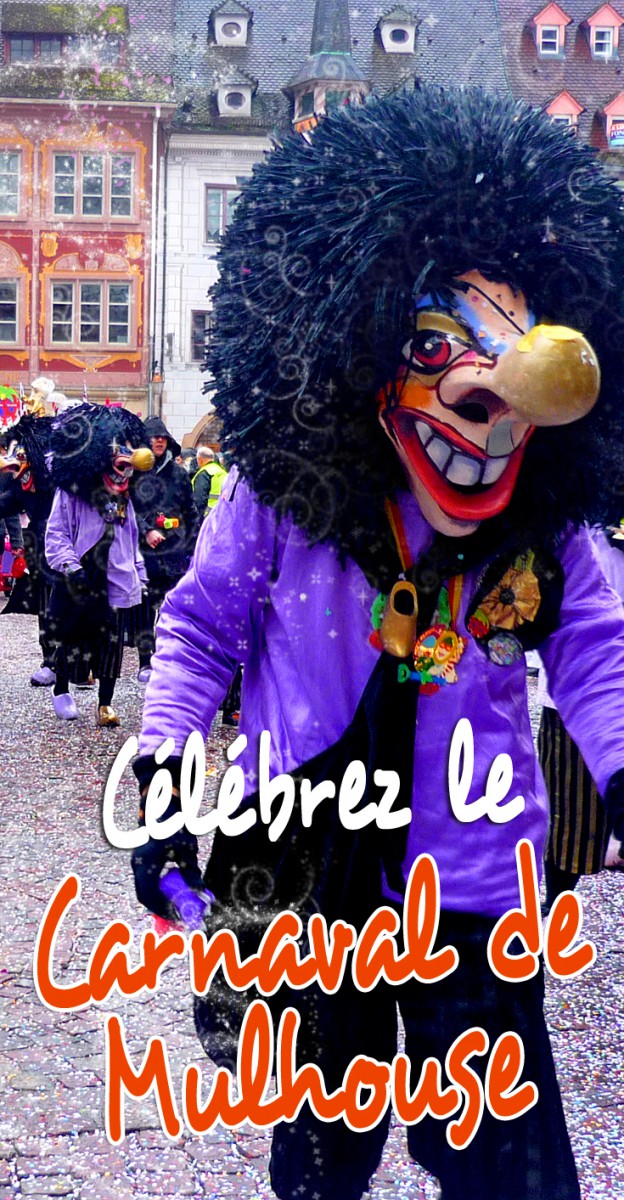
Find out more about Easter in France: traditions, origins and celebrations!



